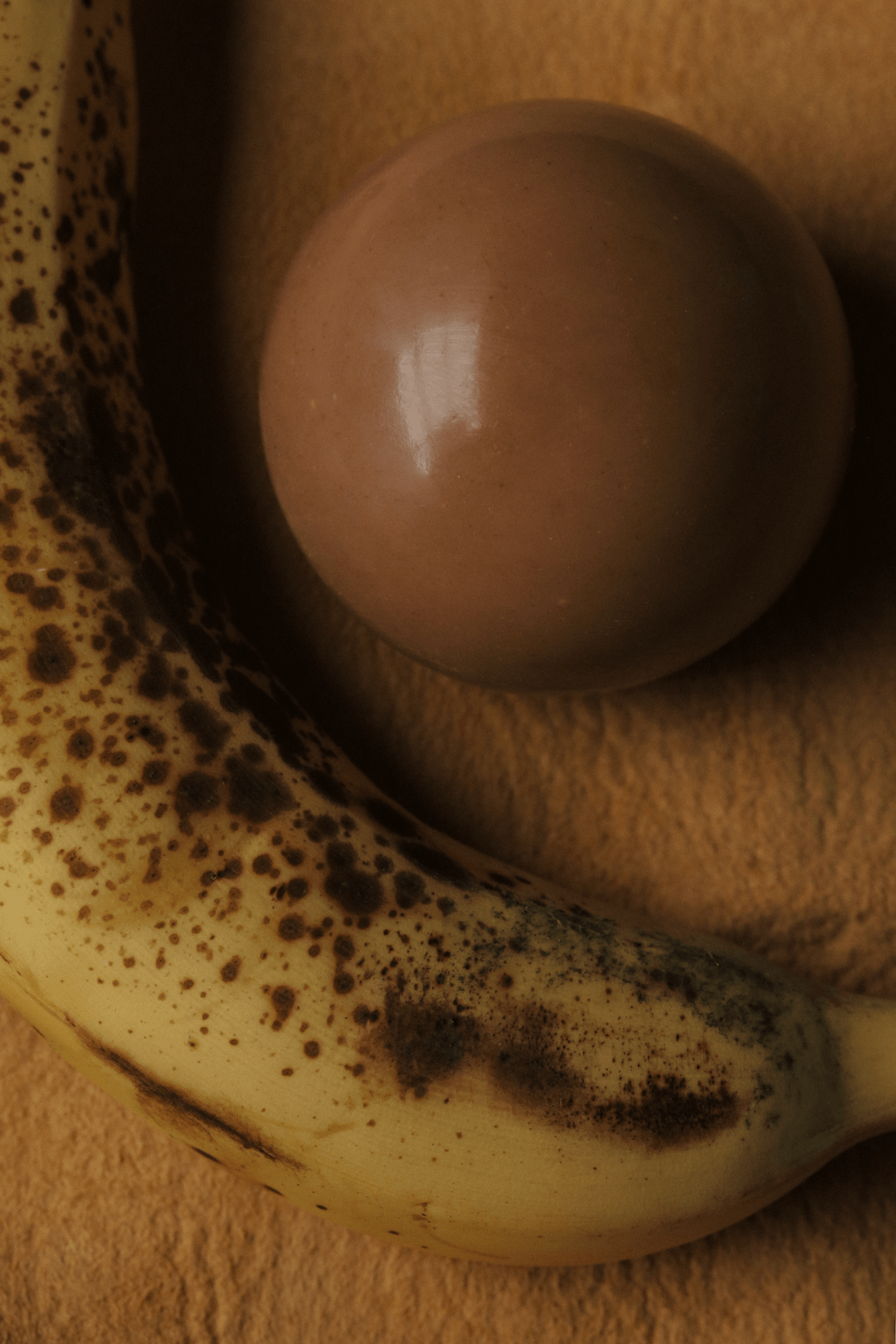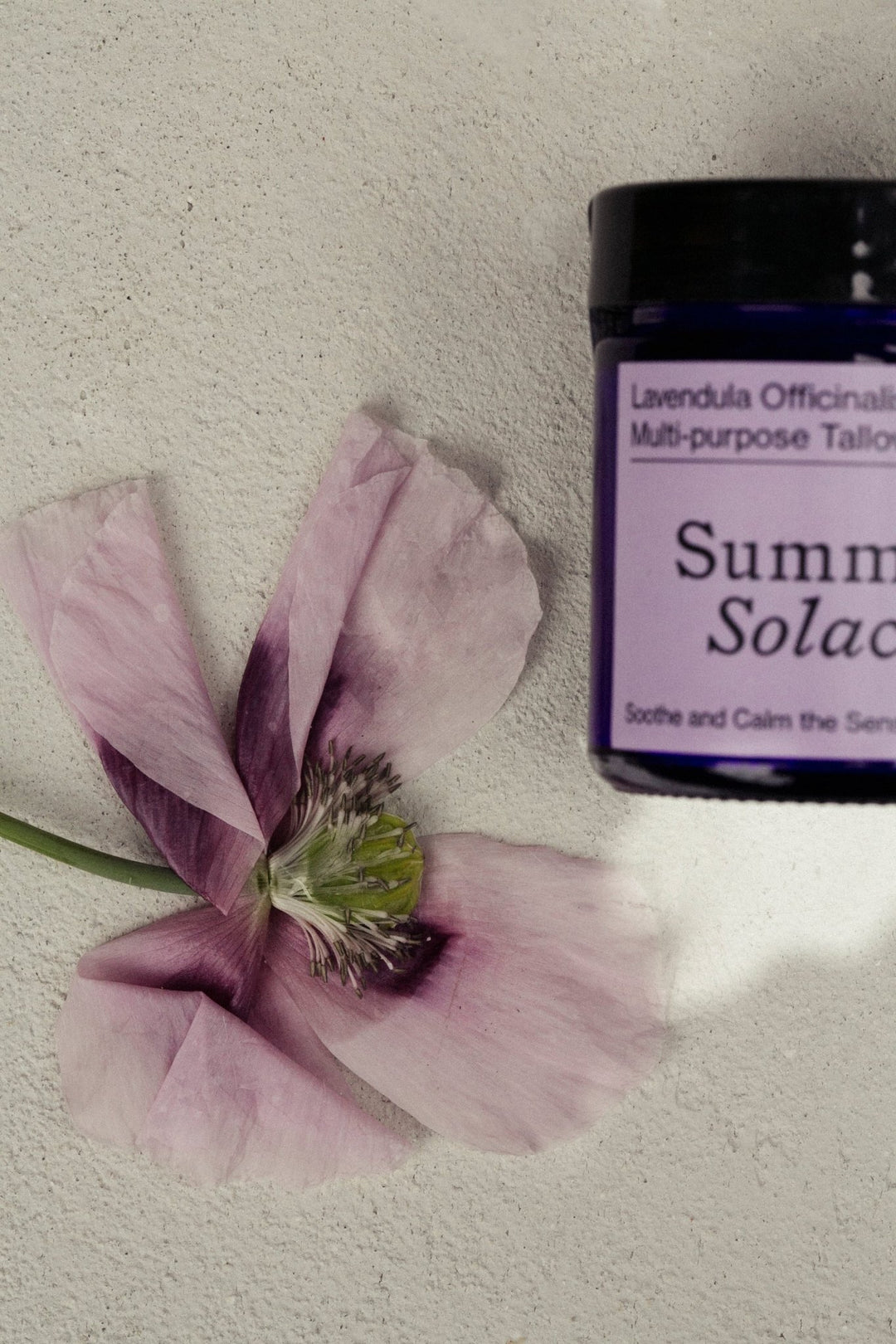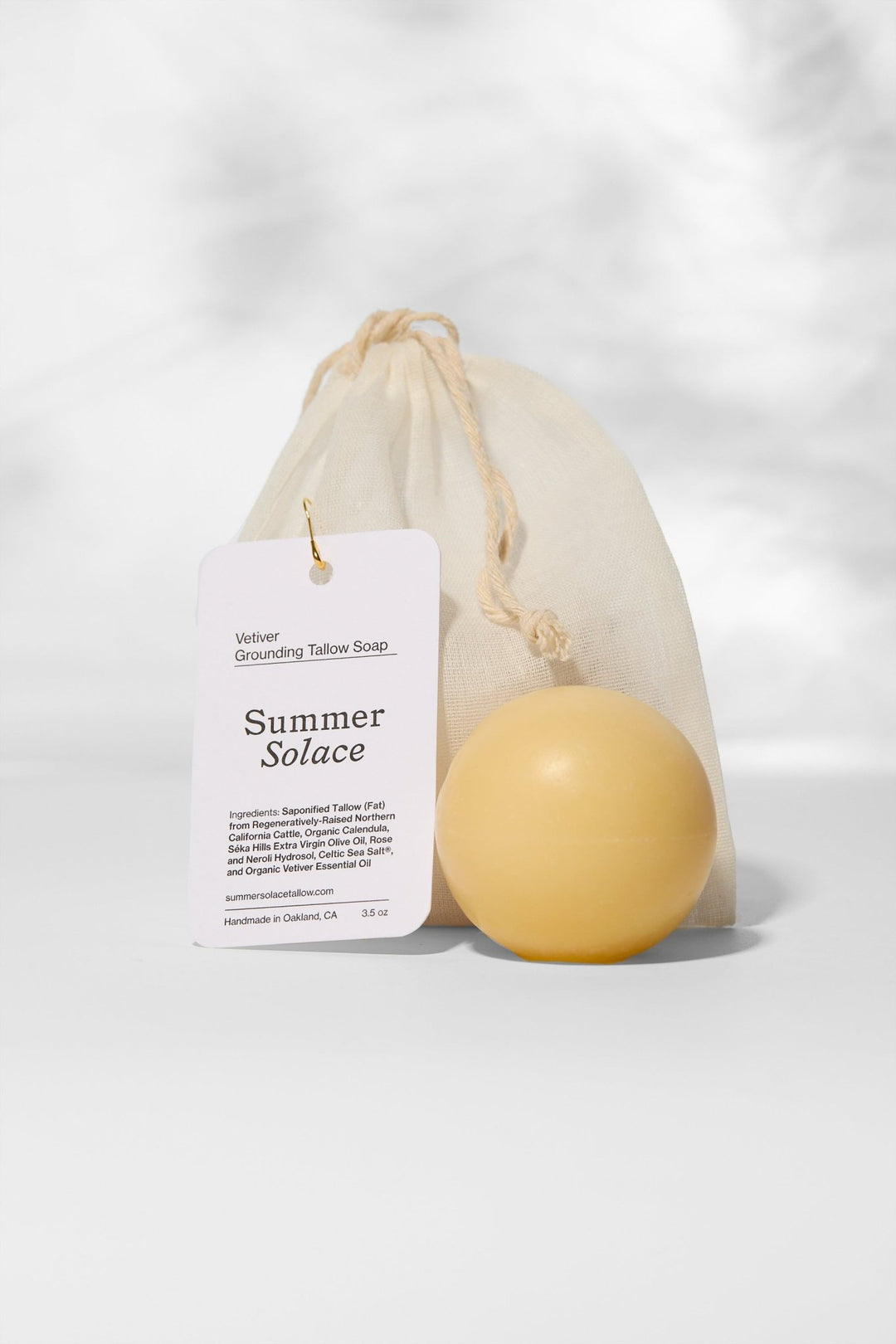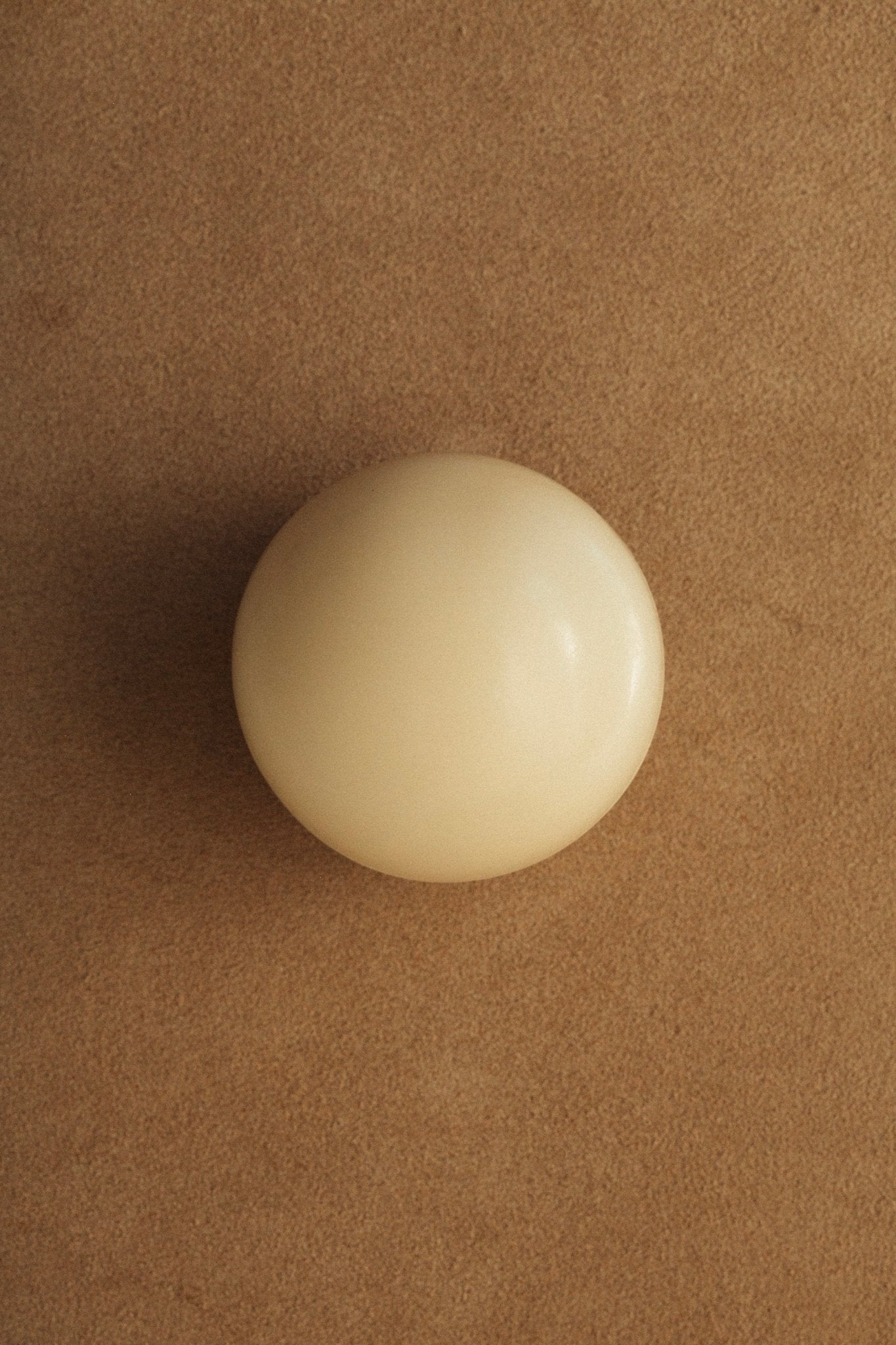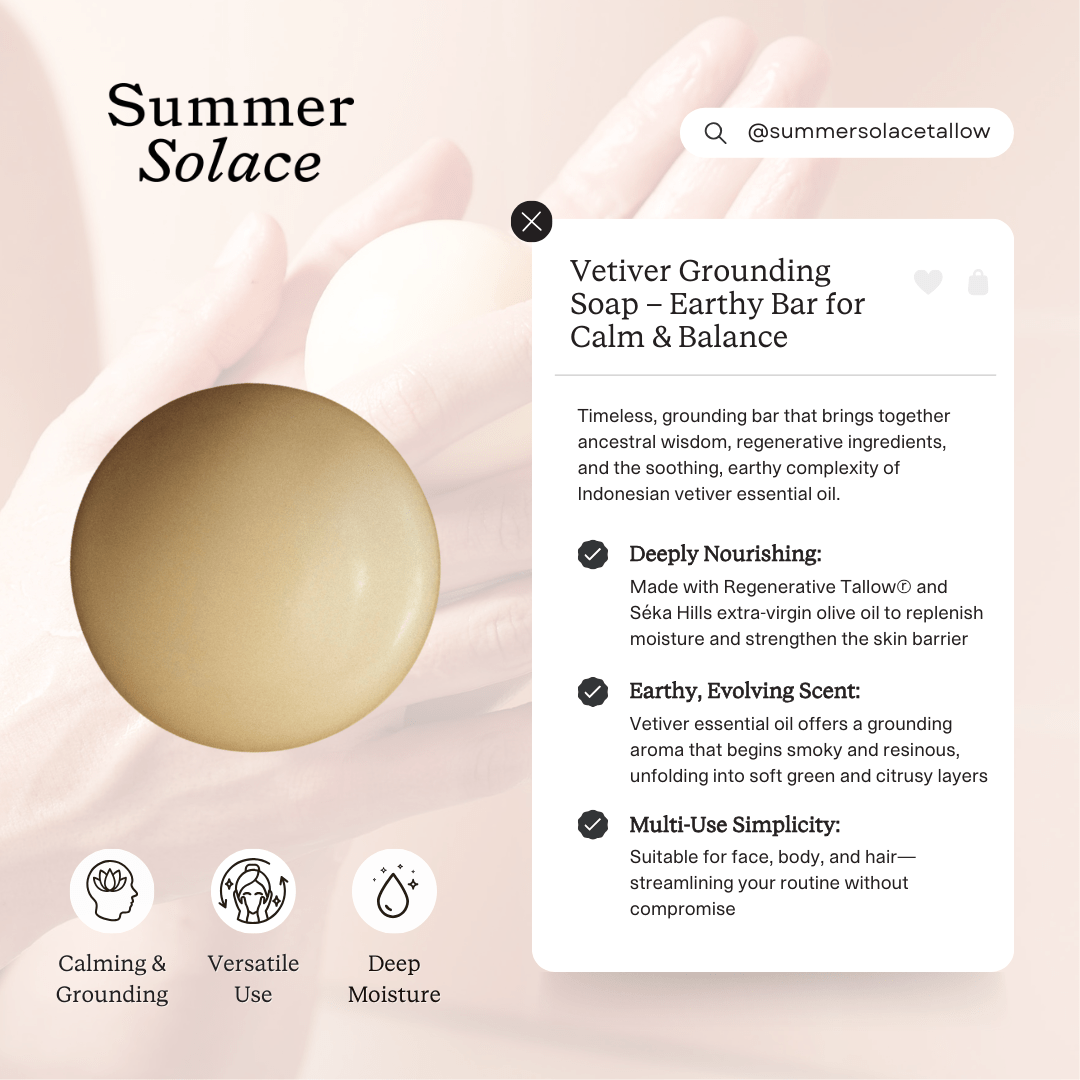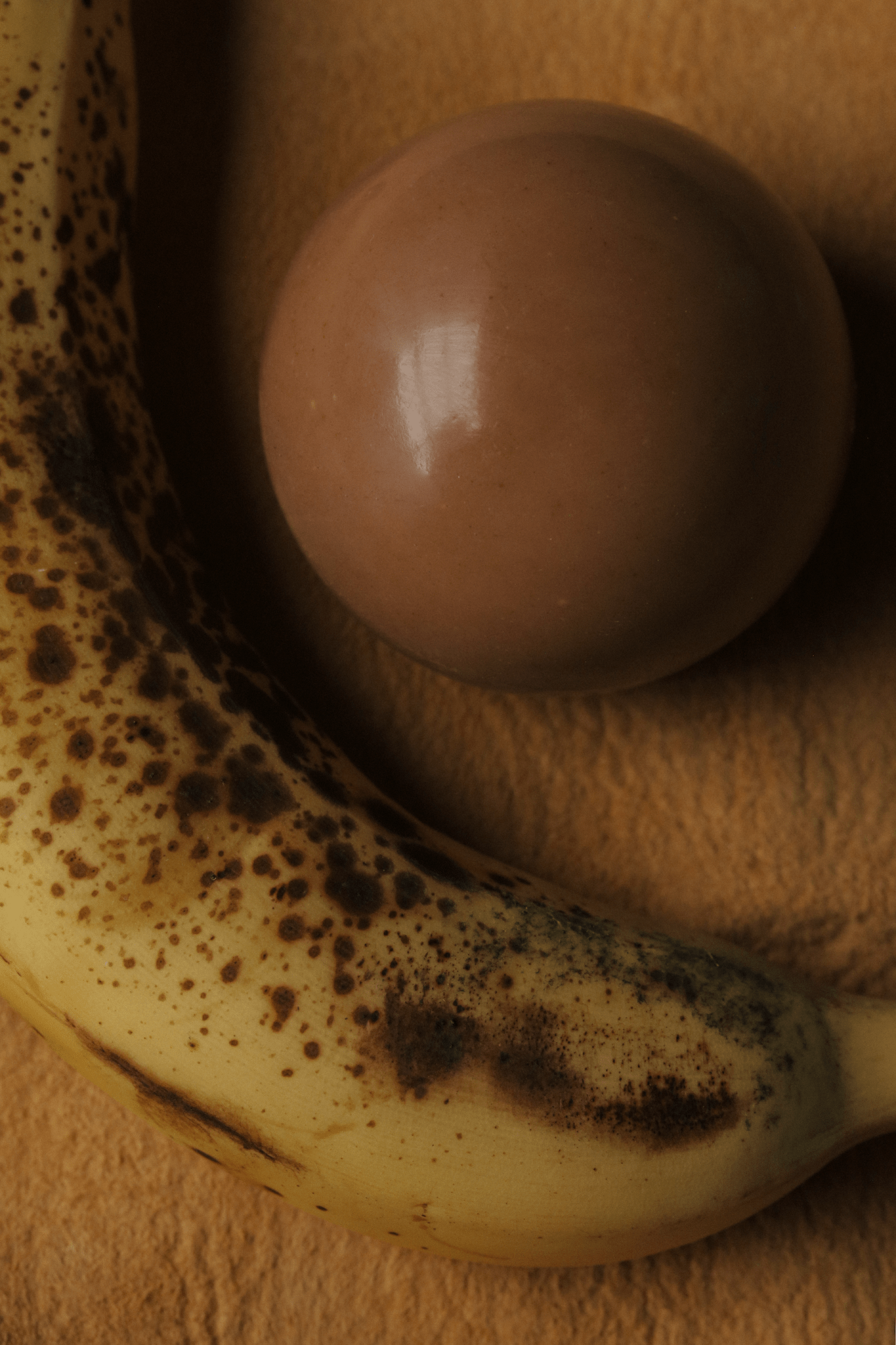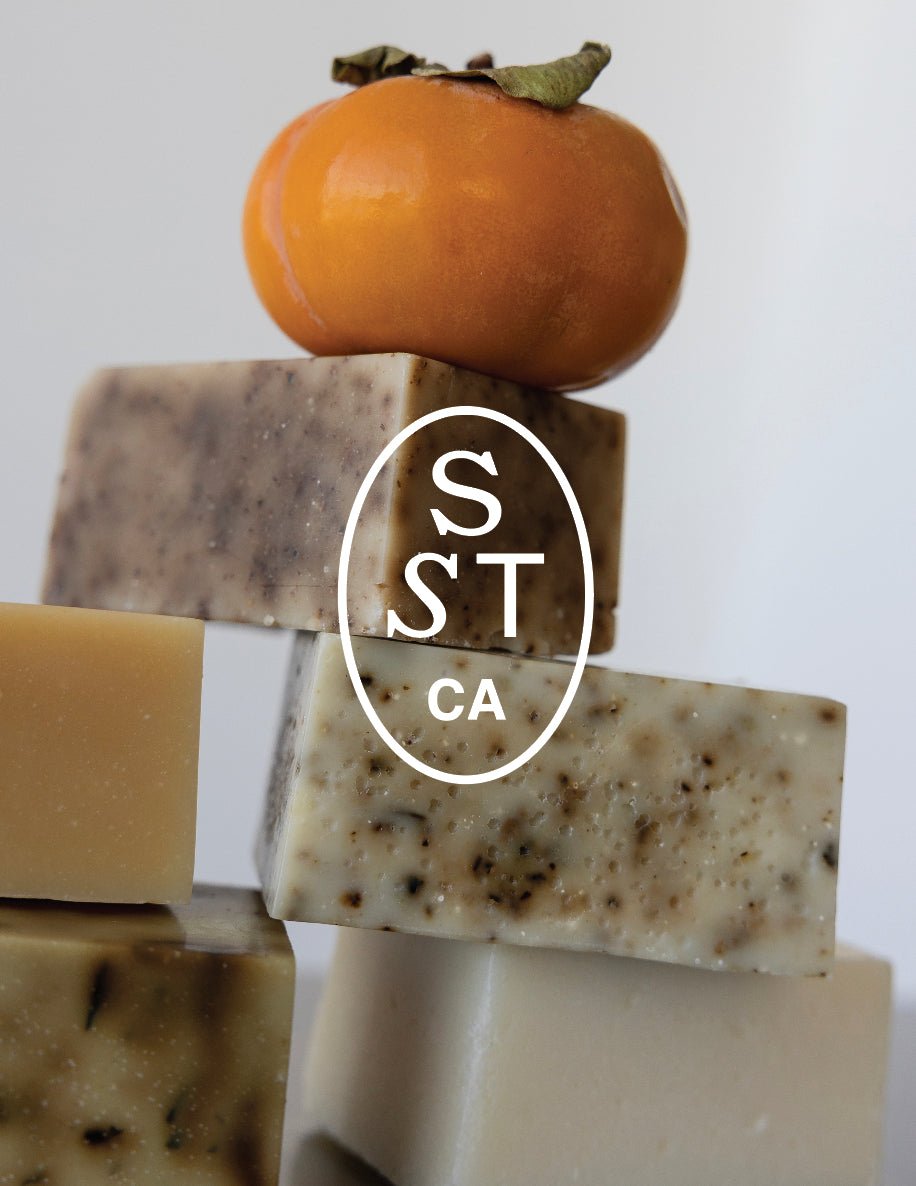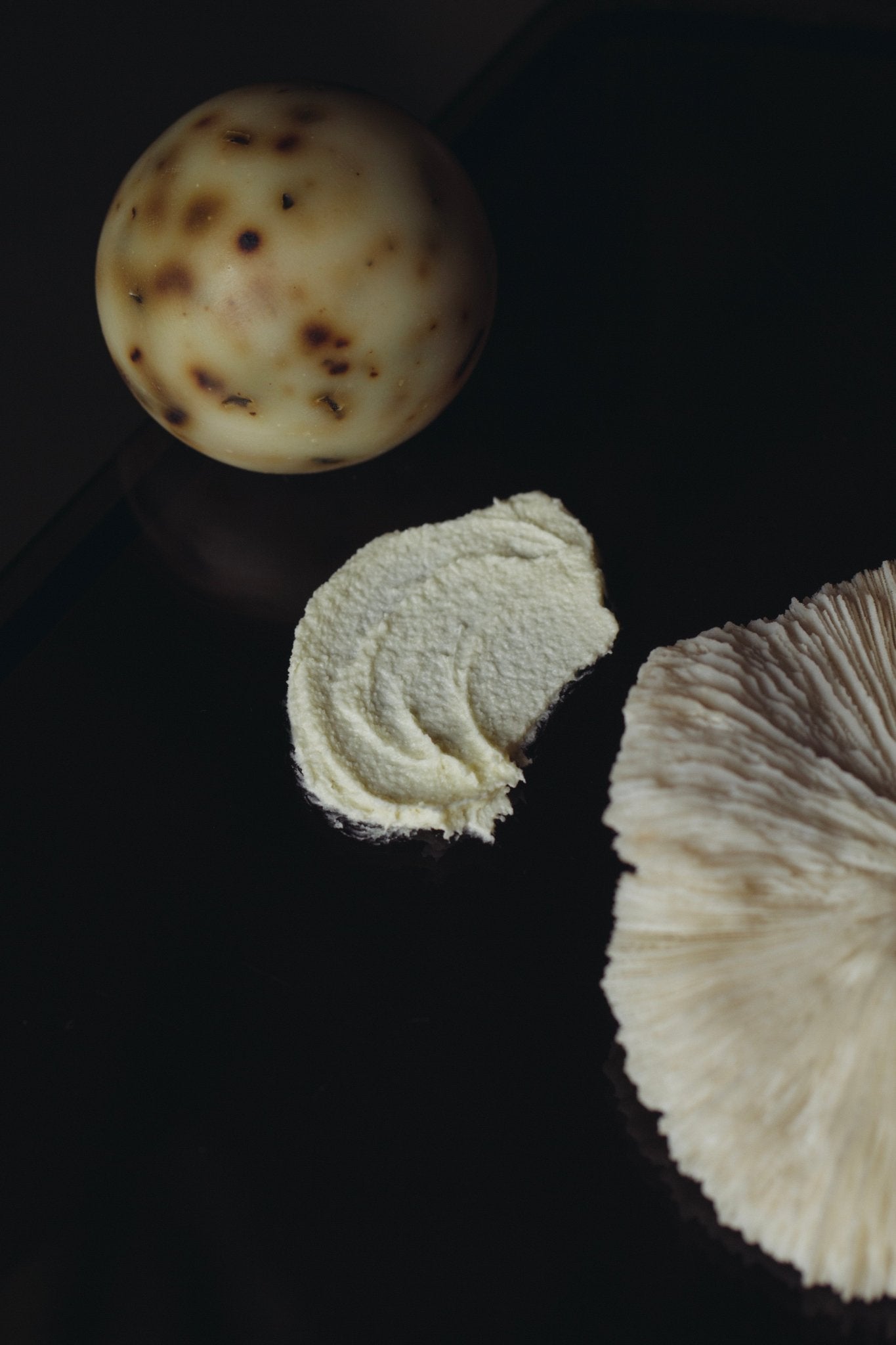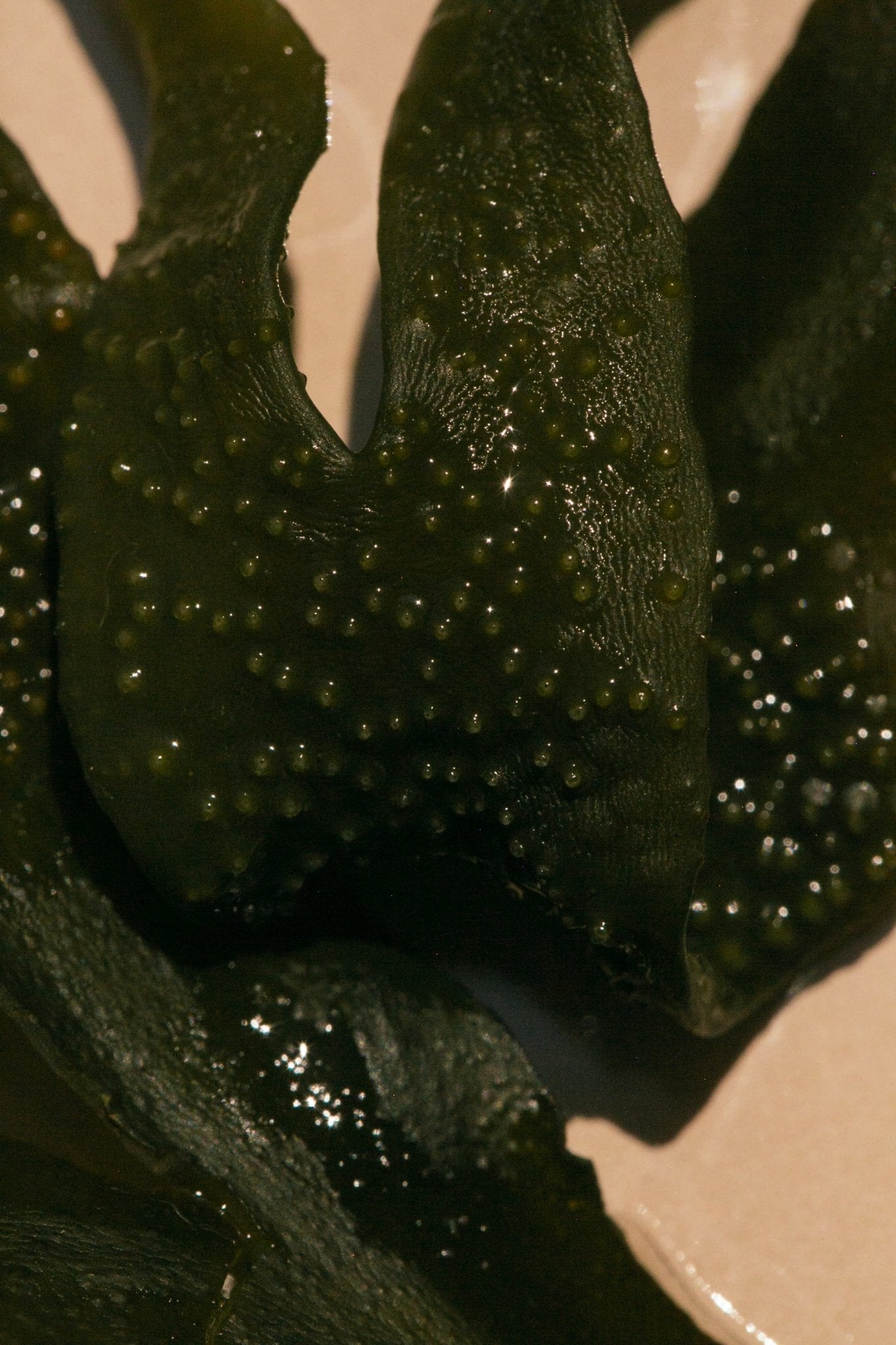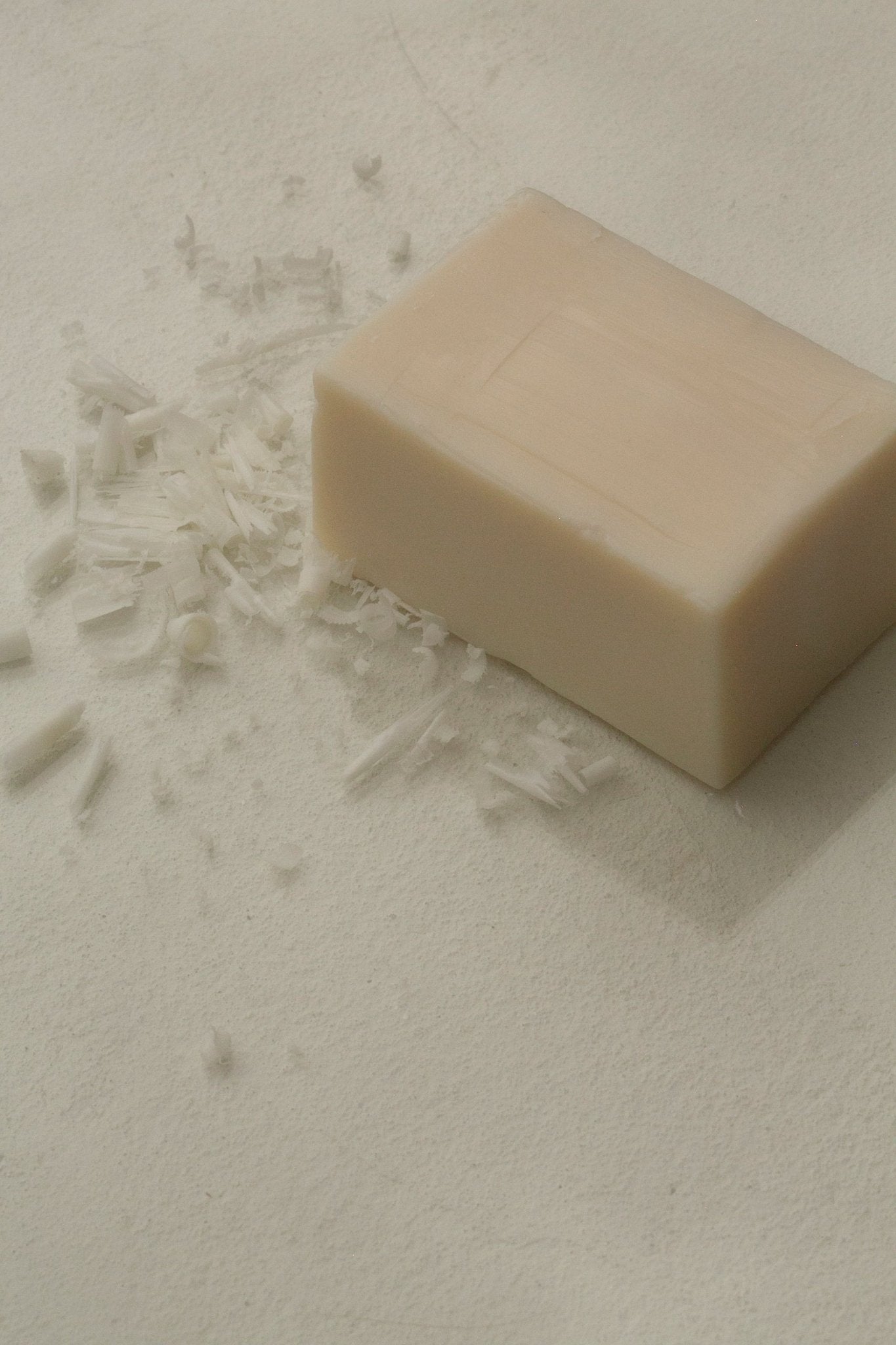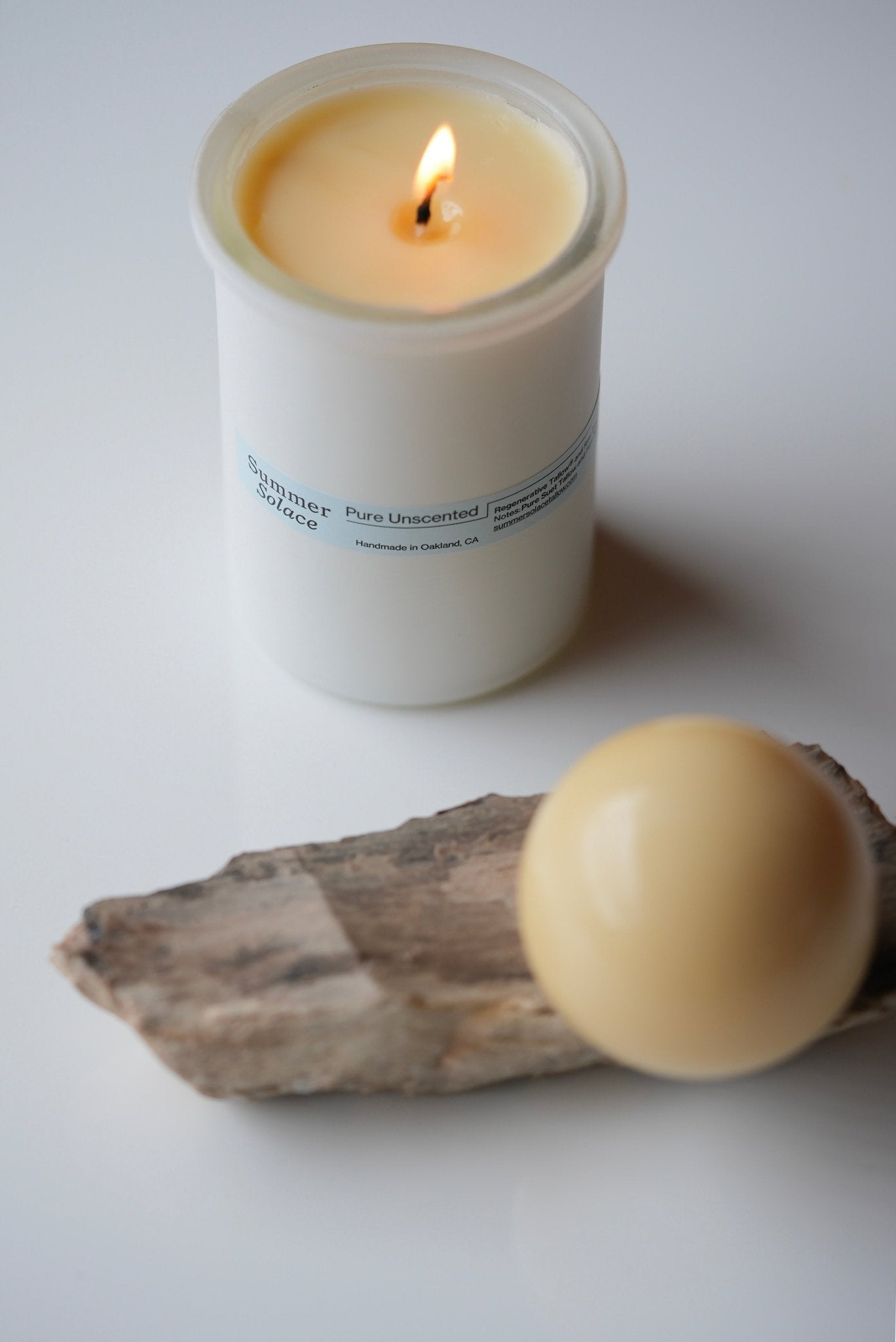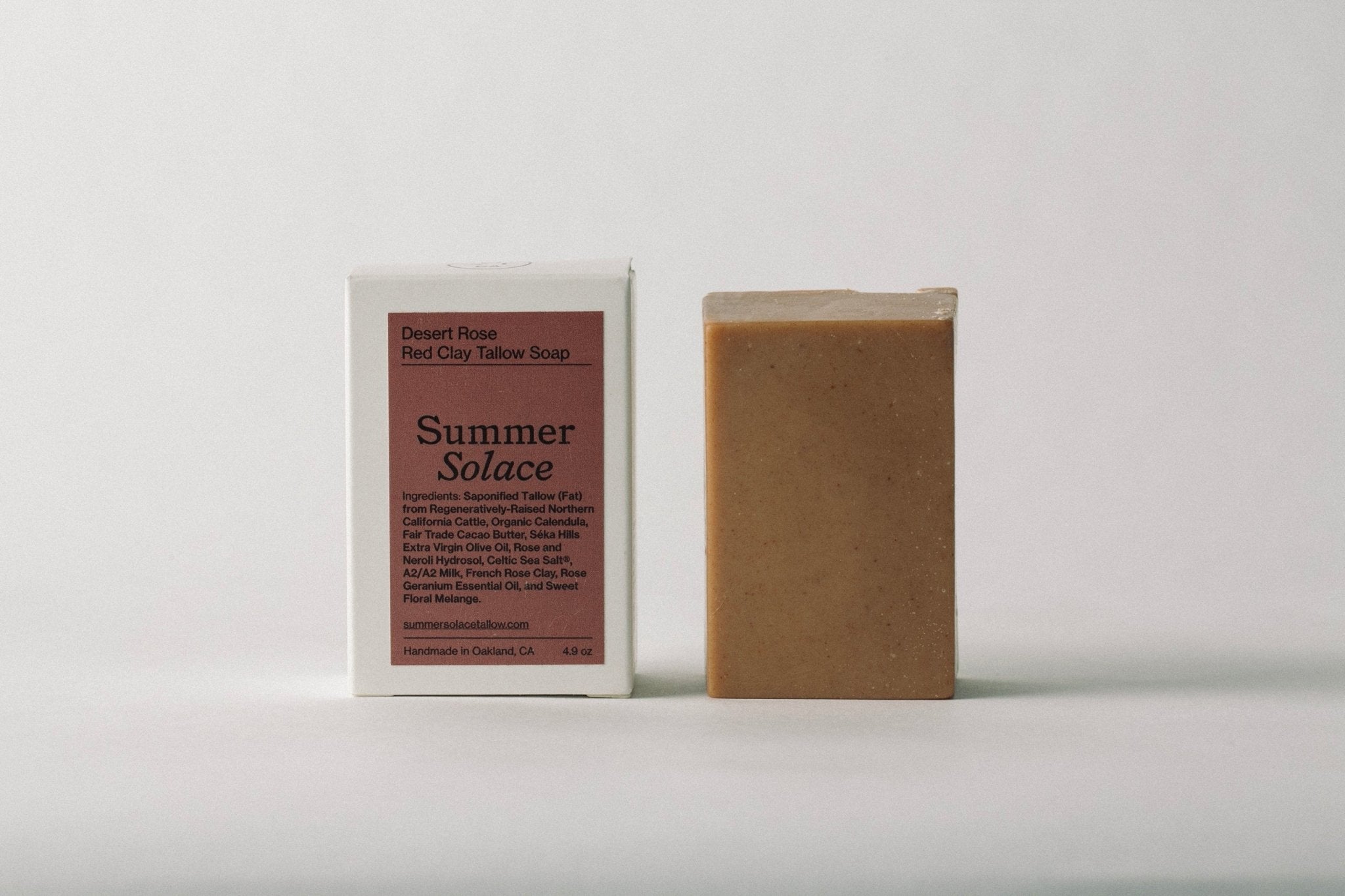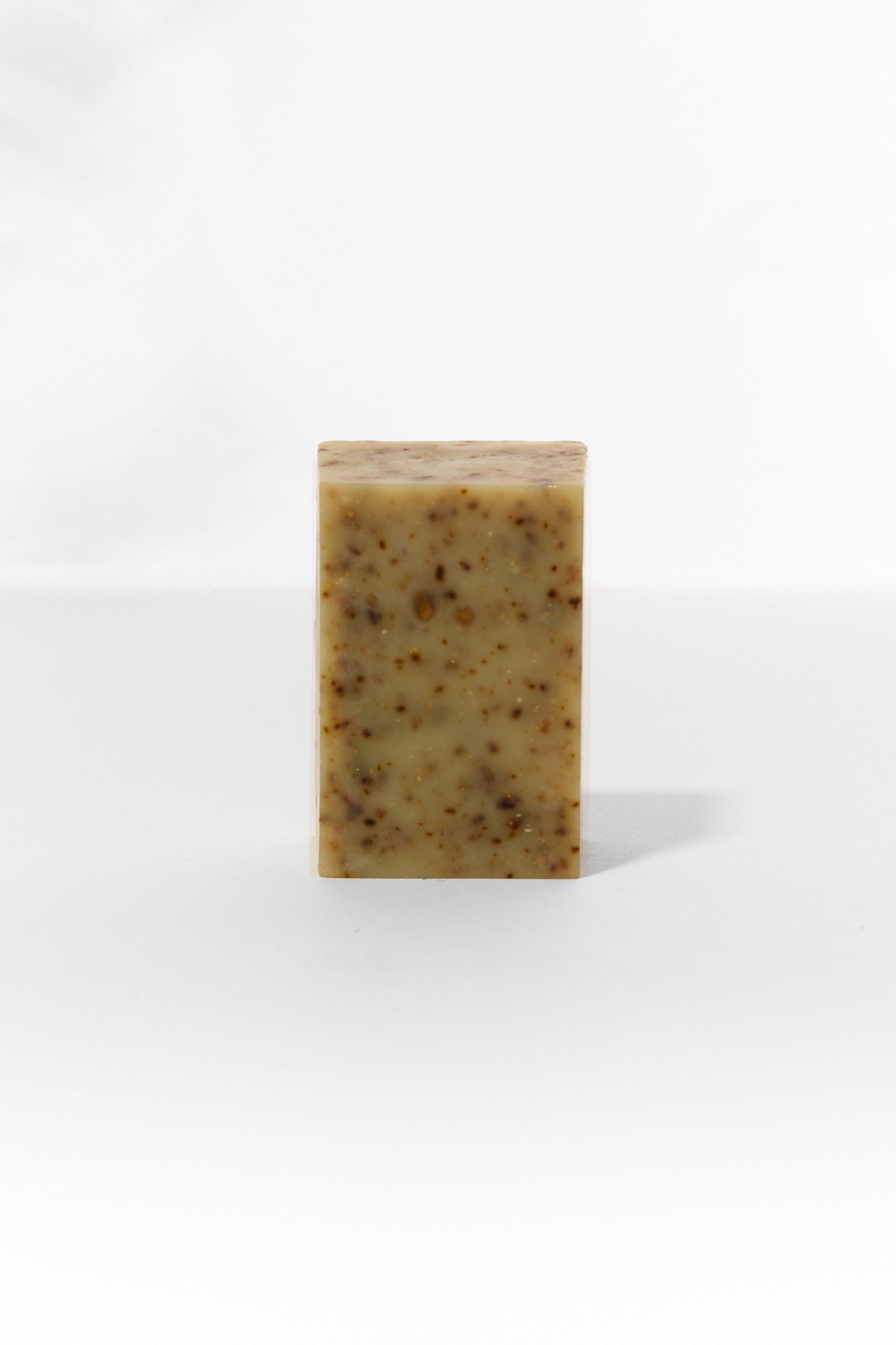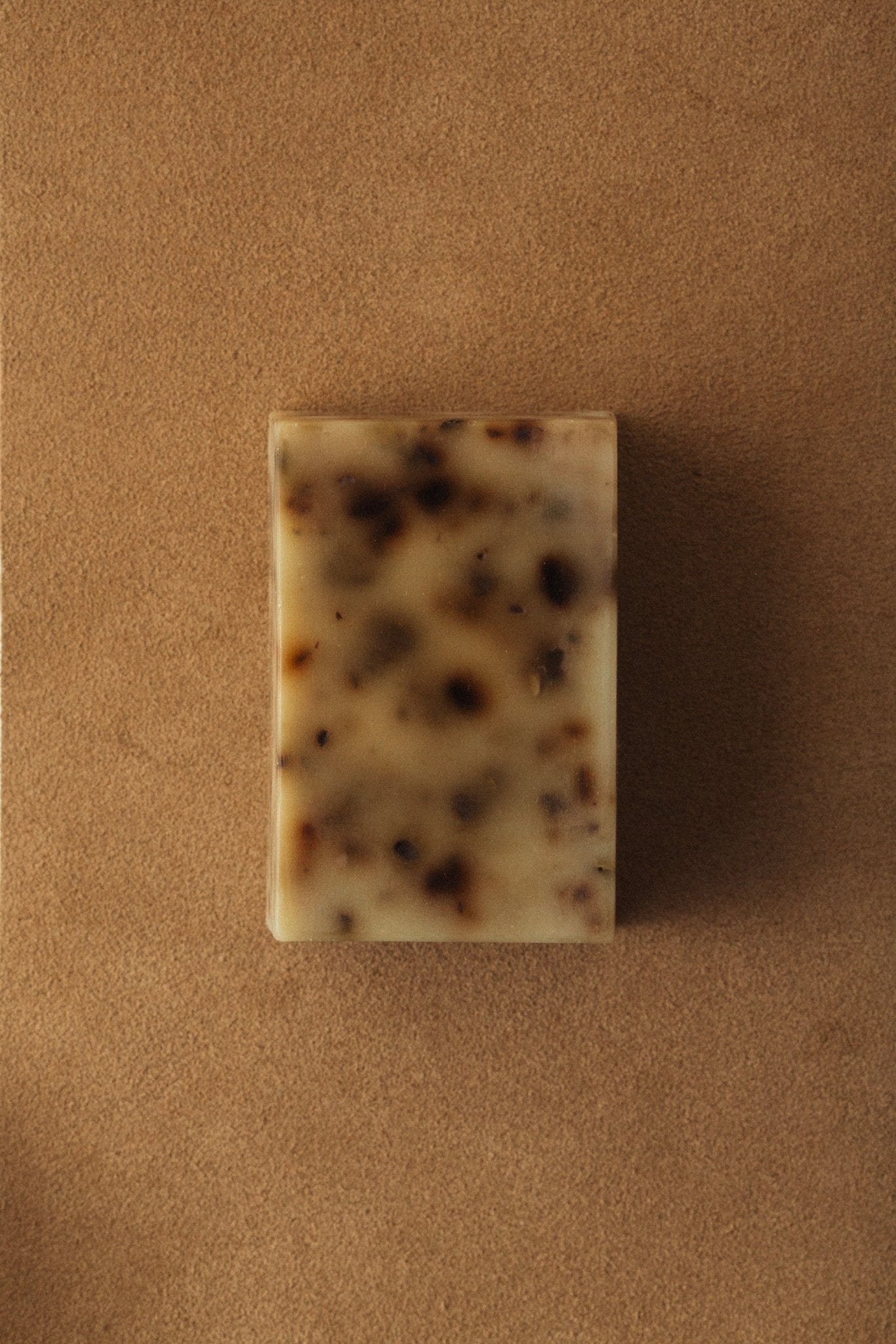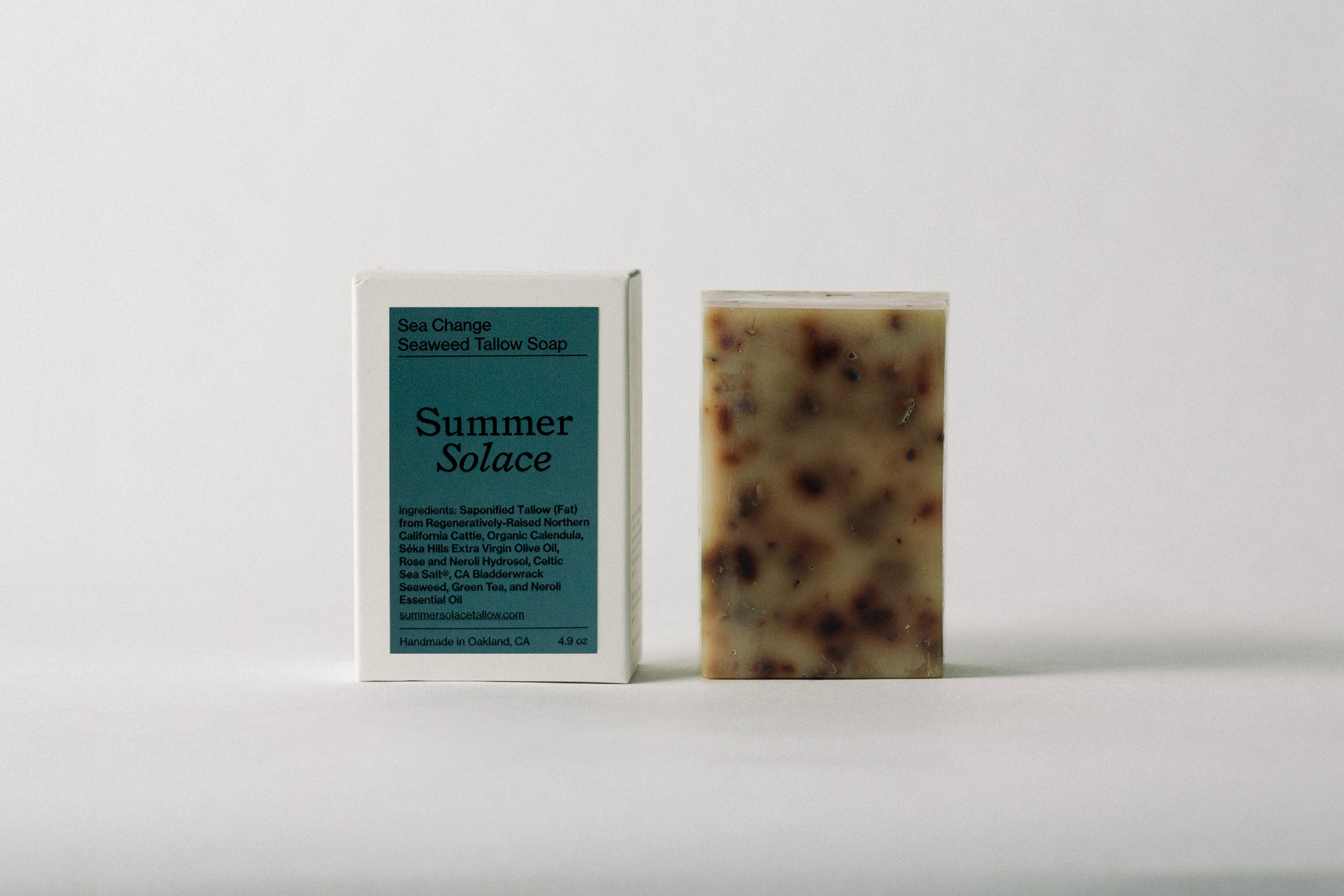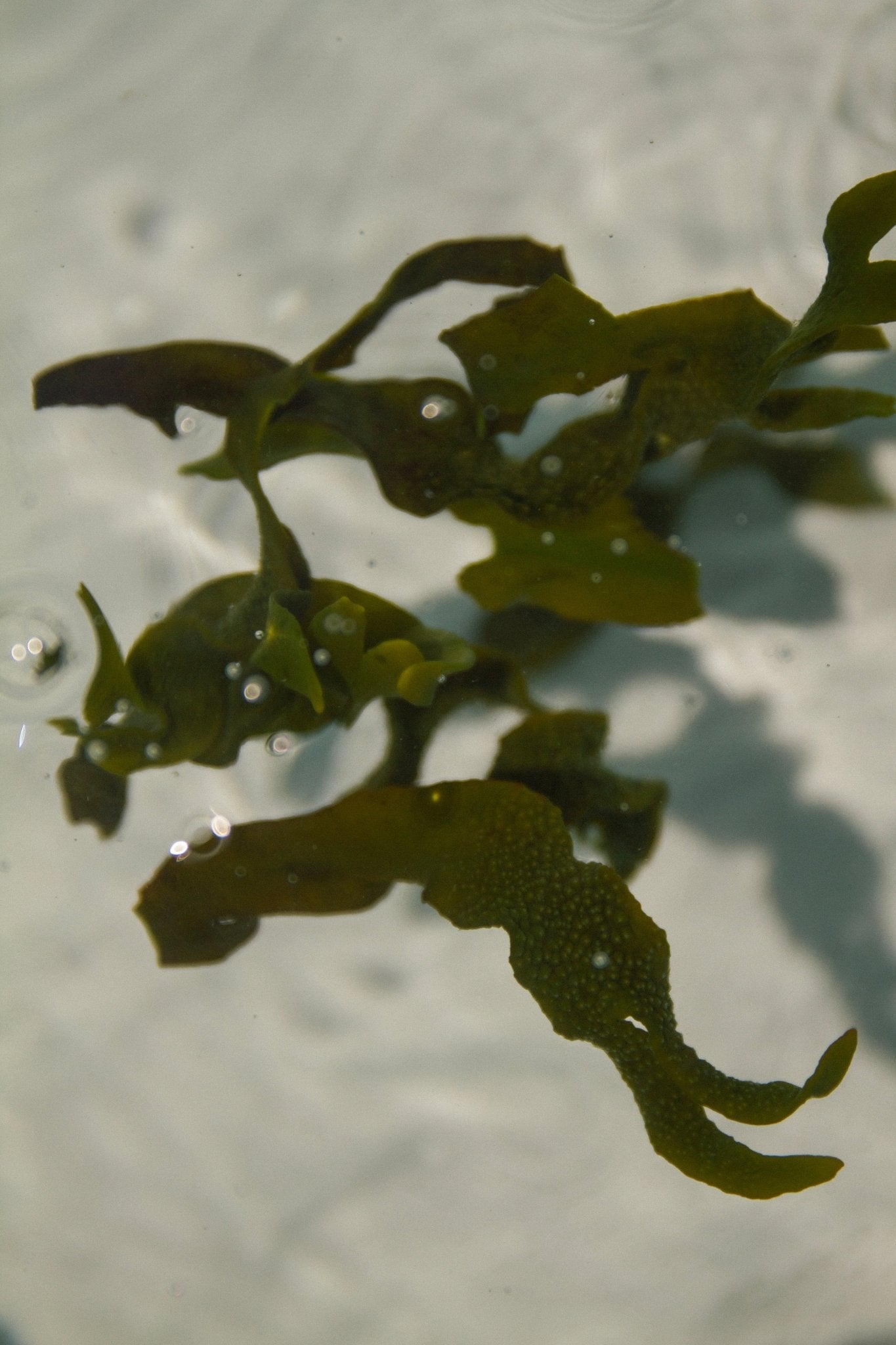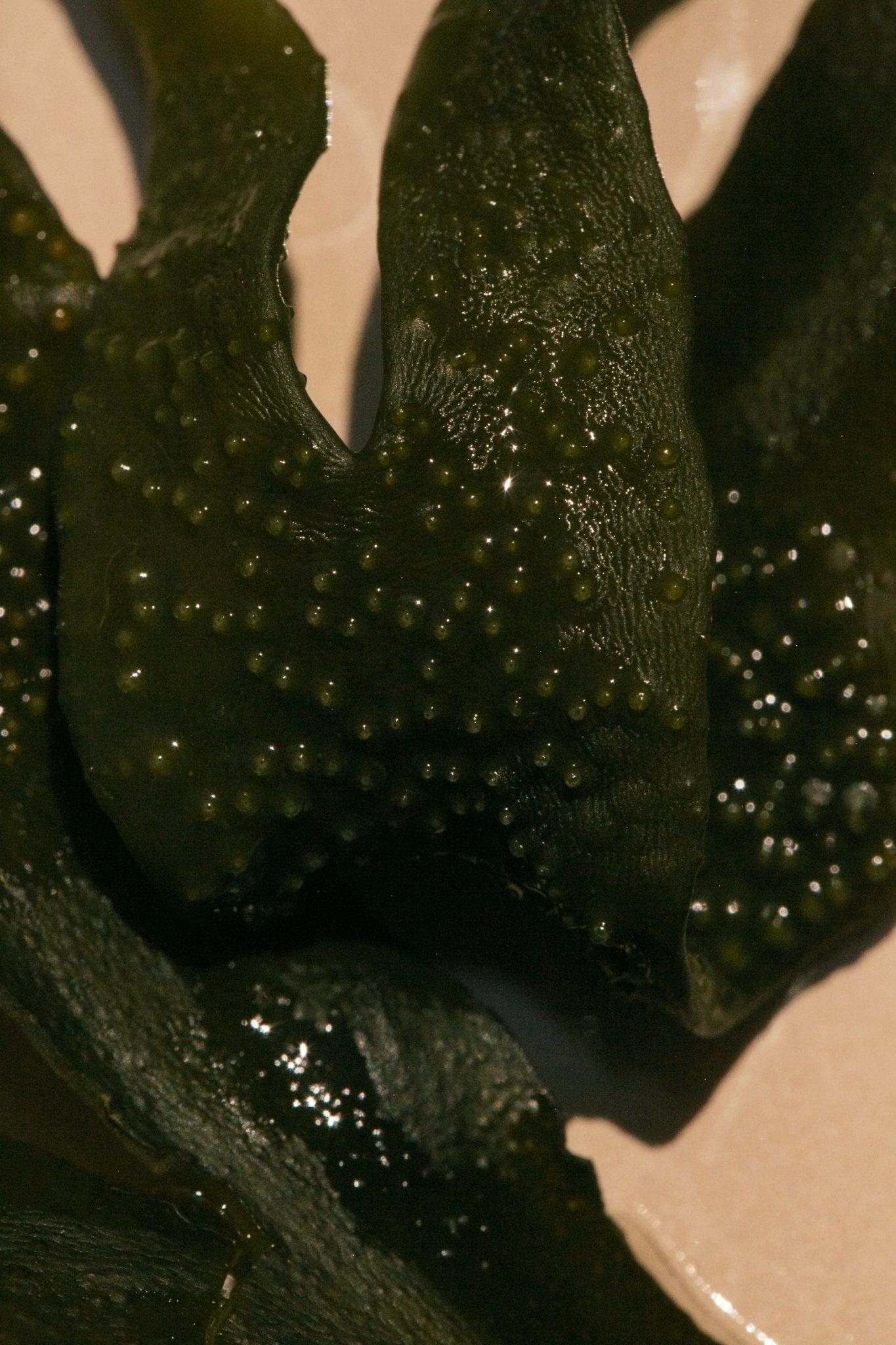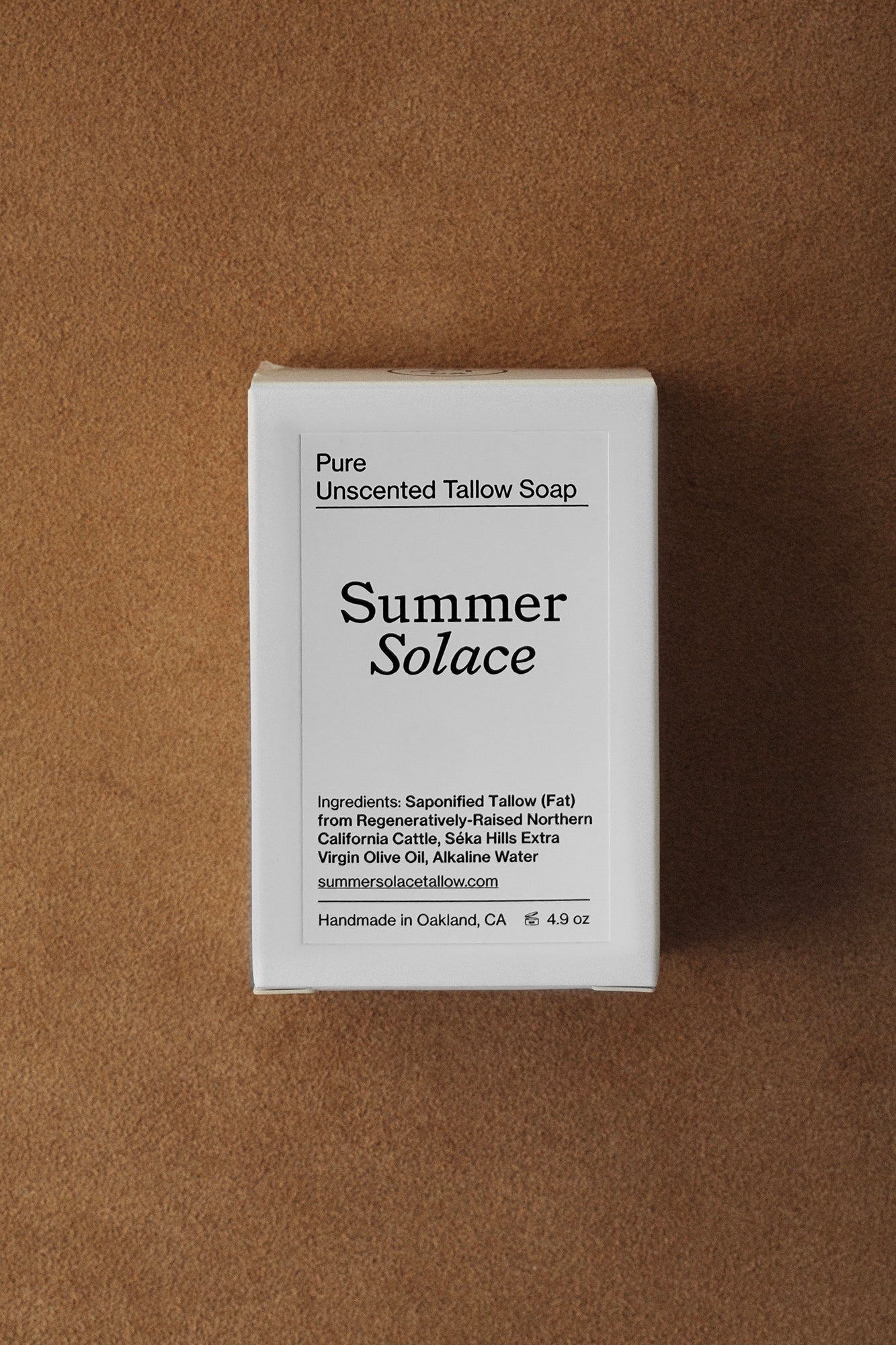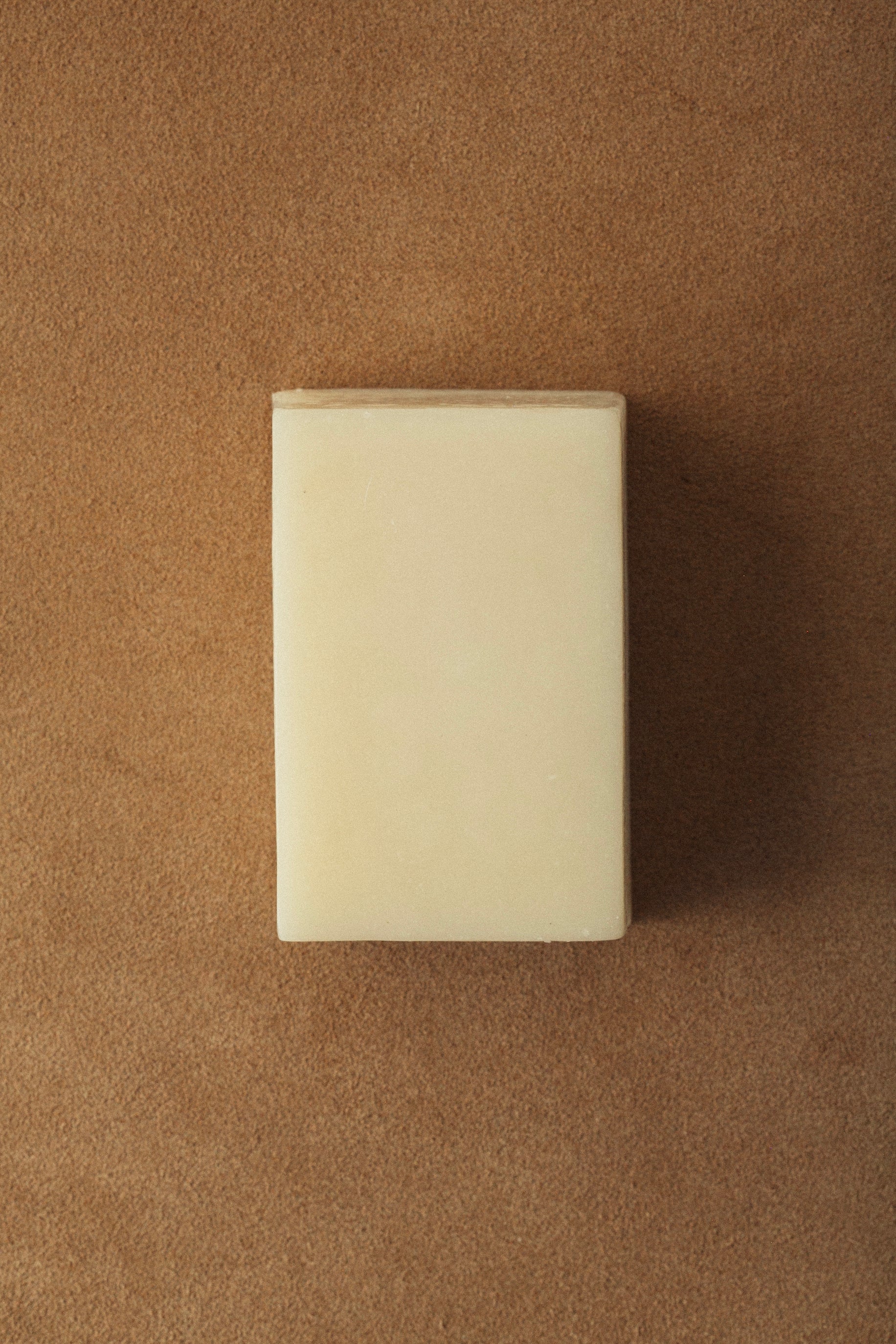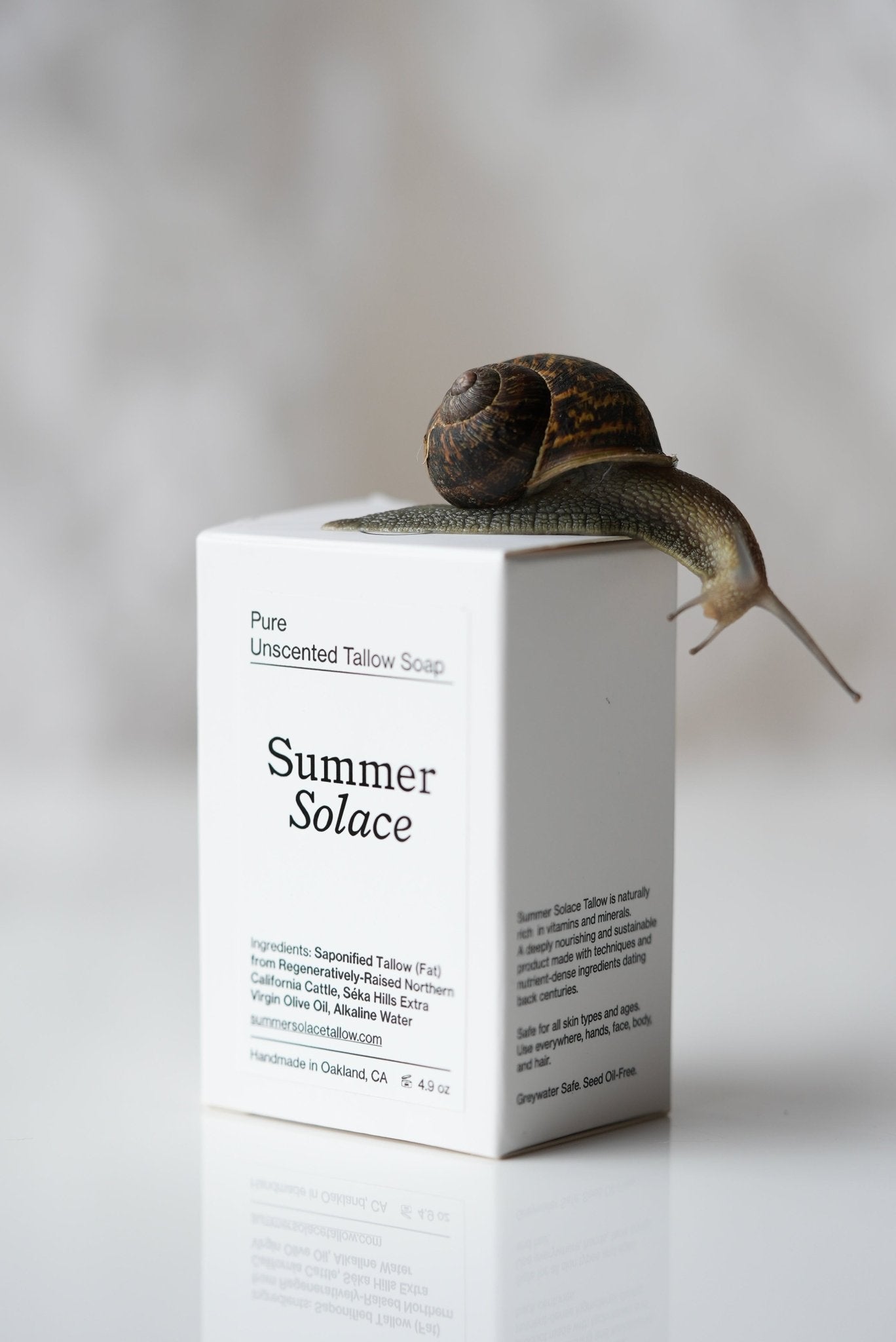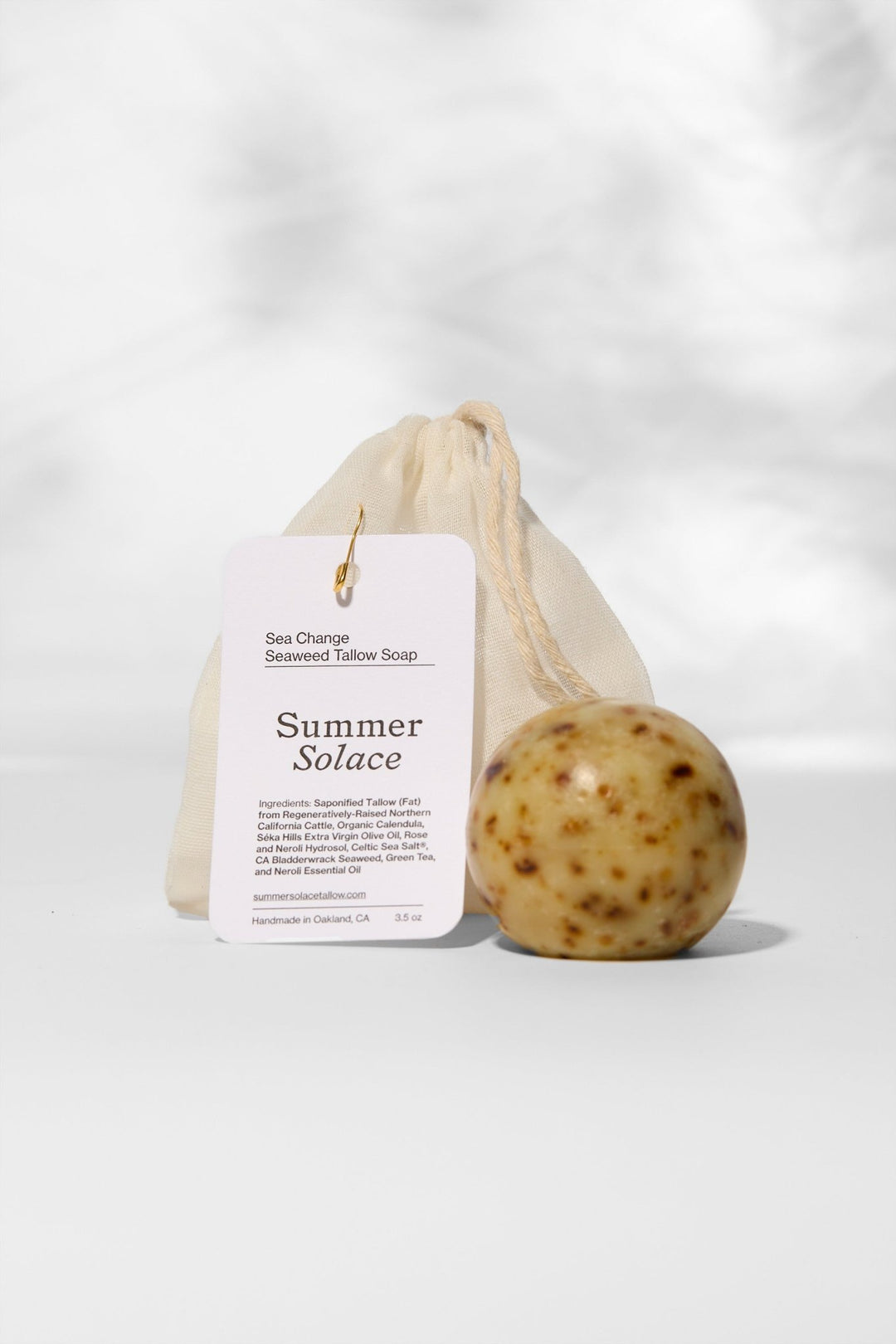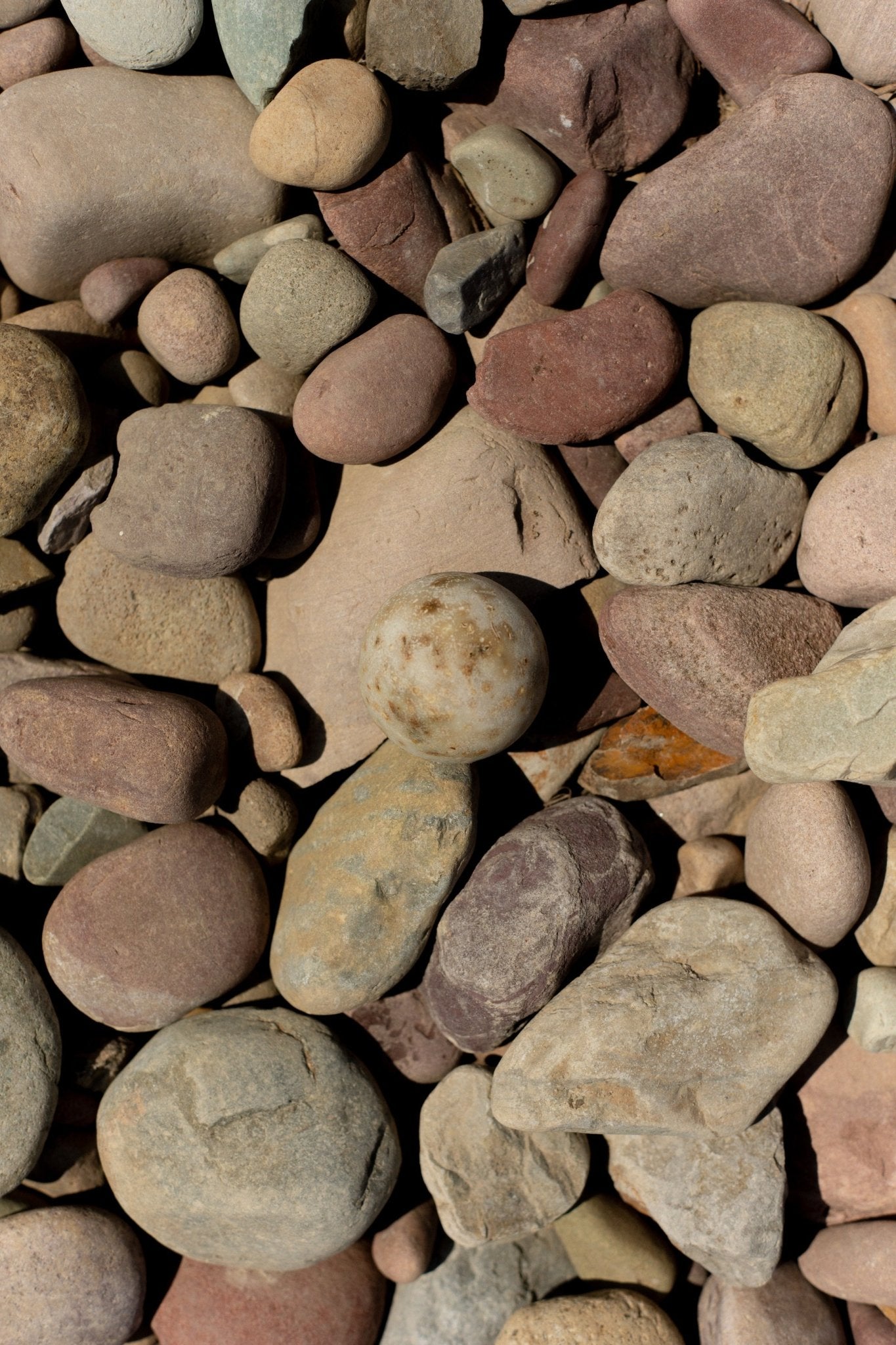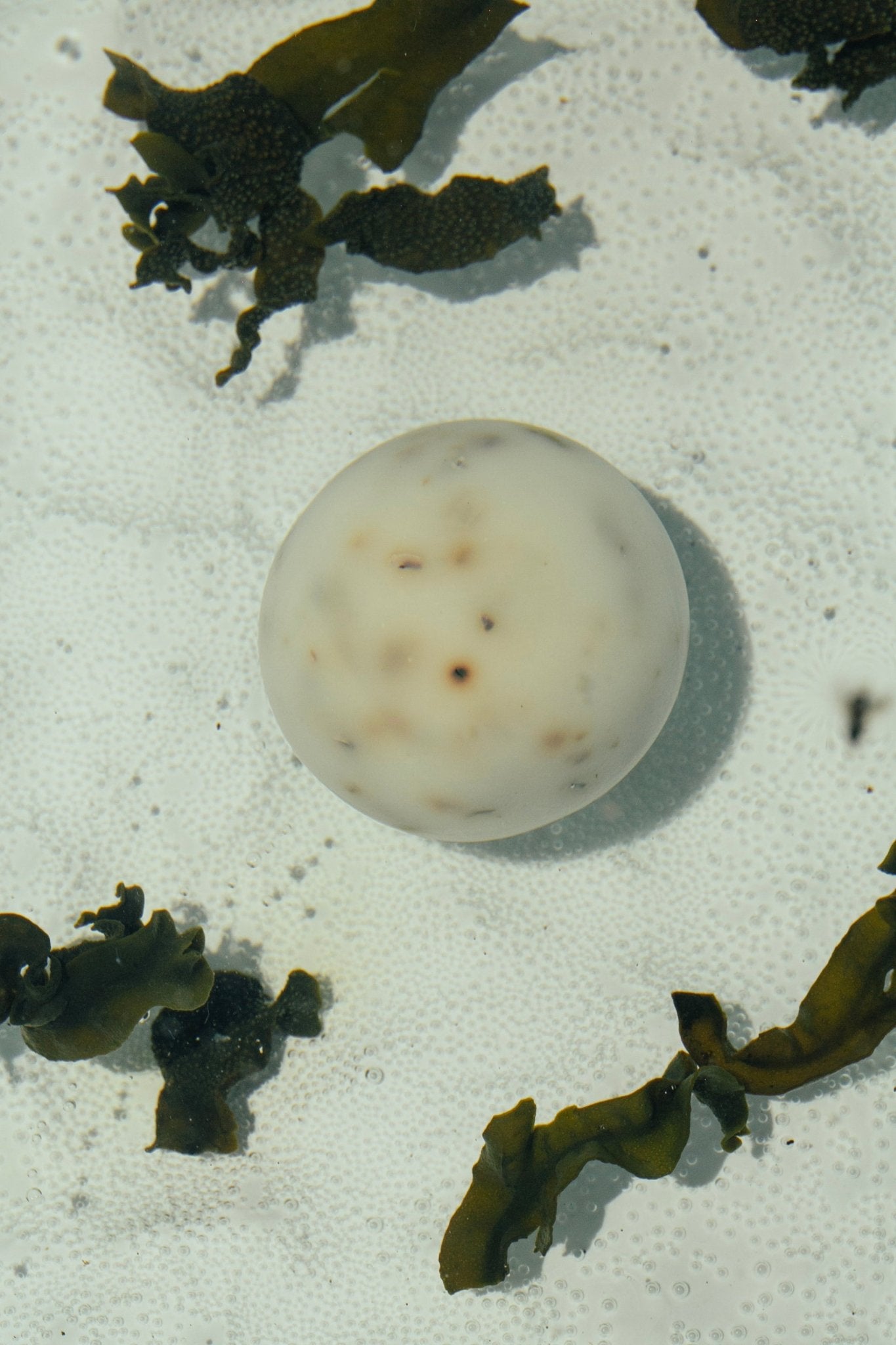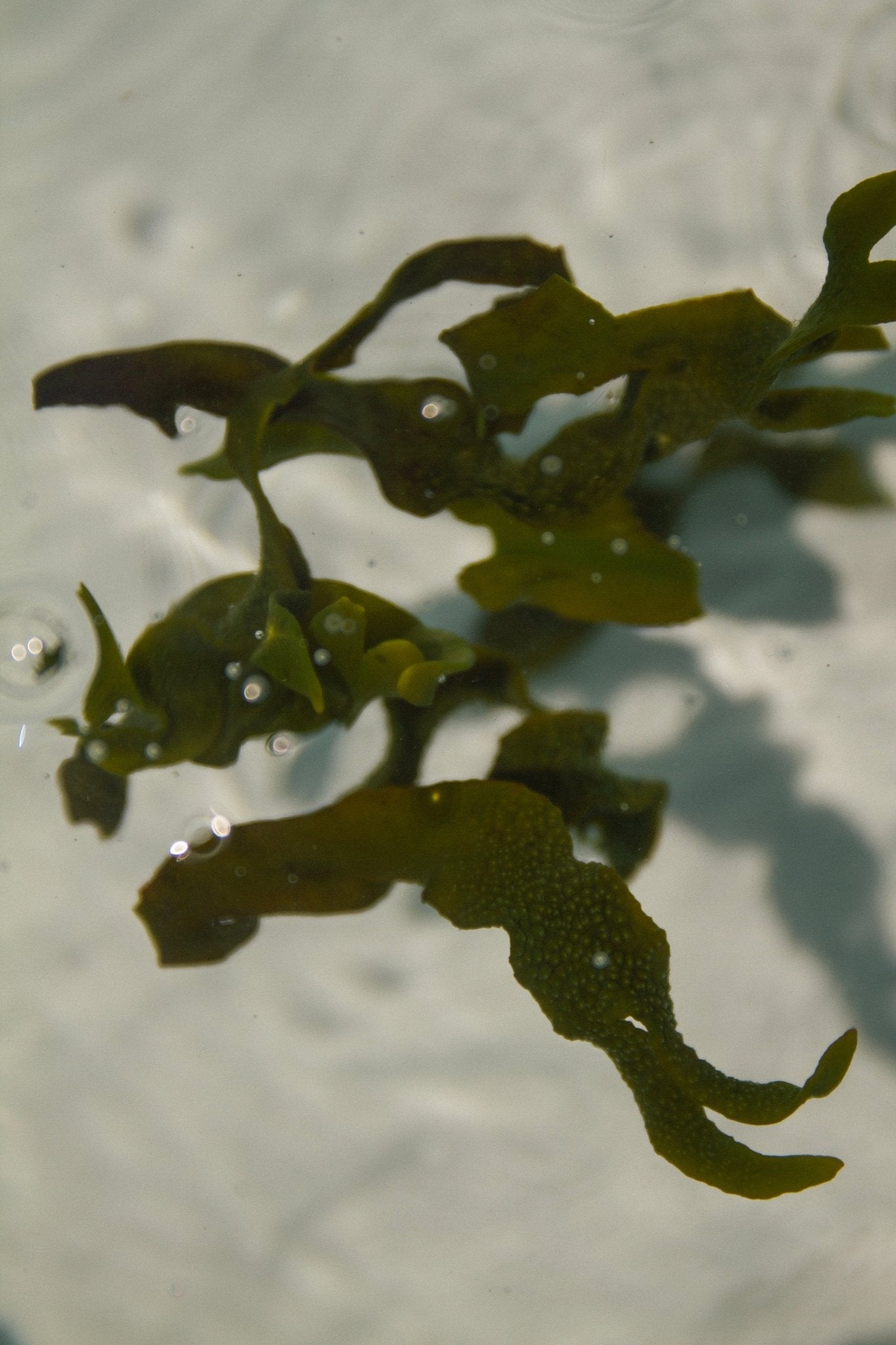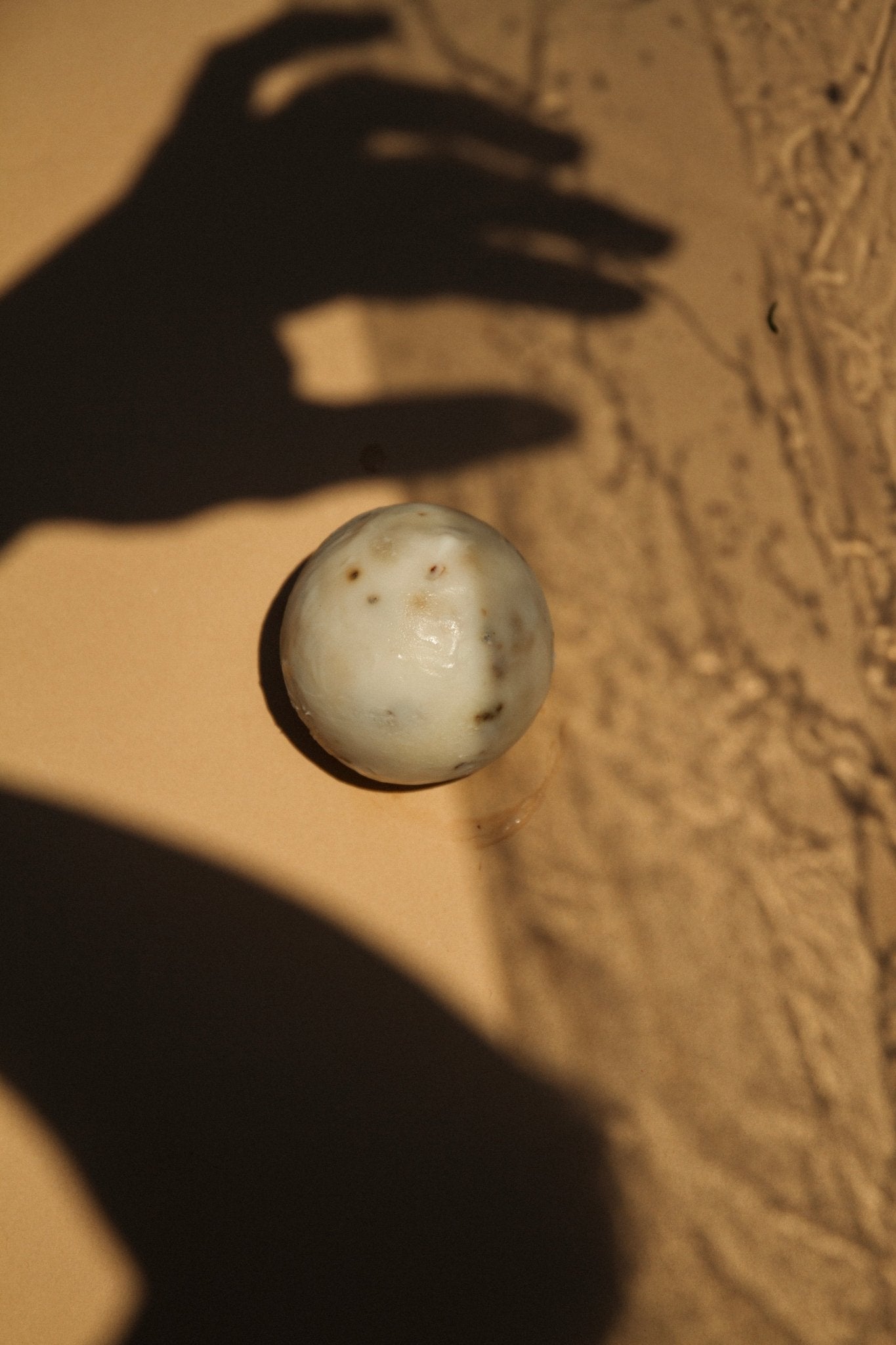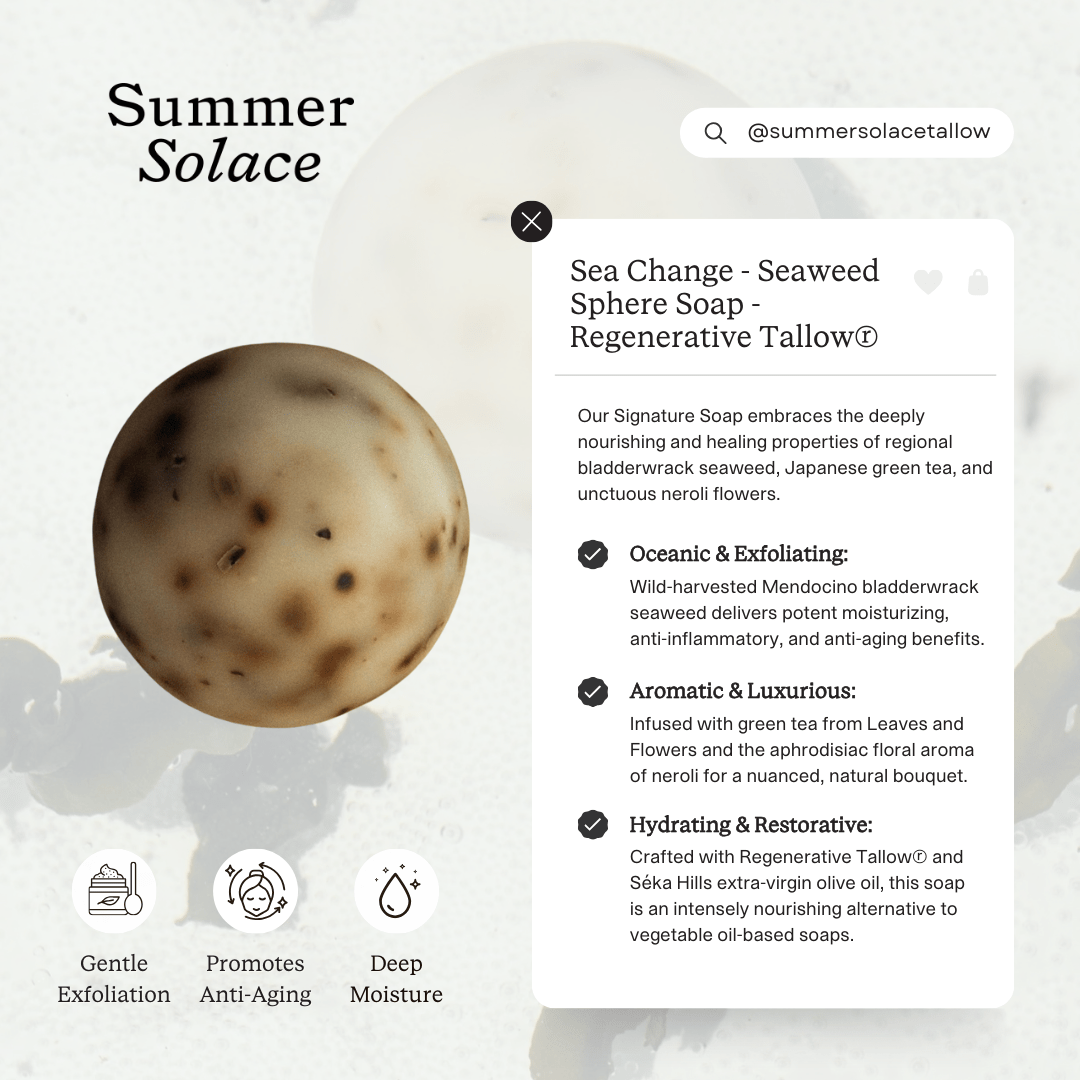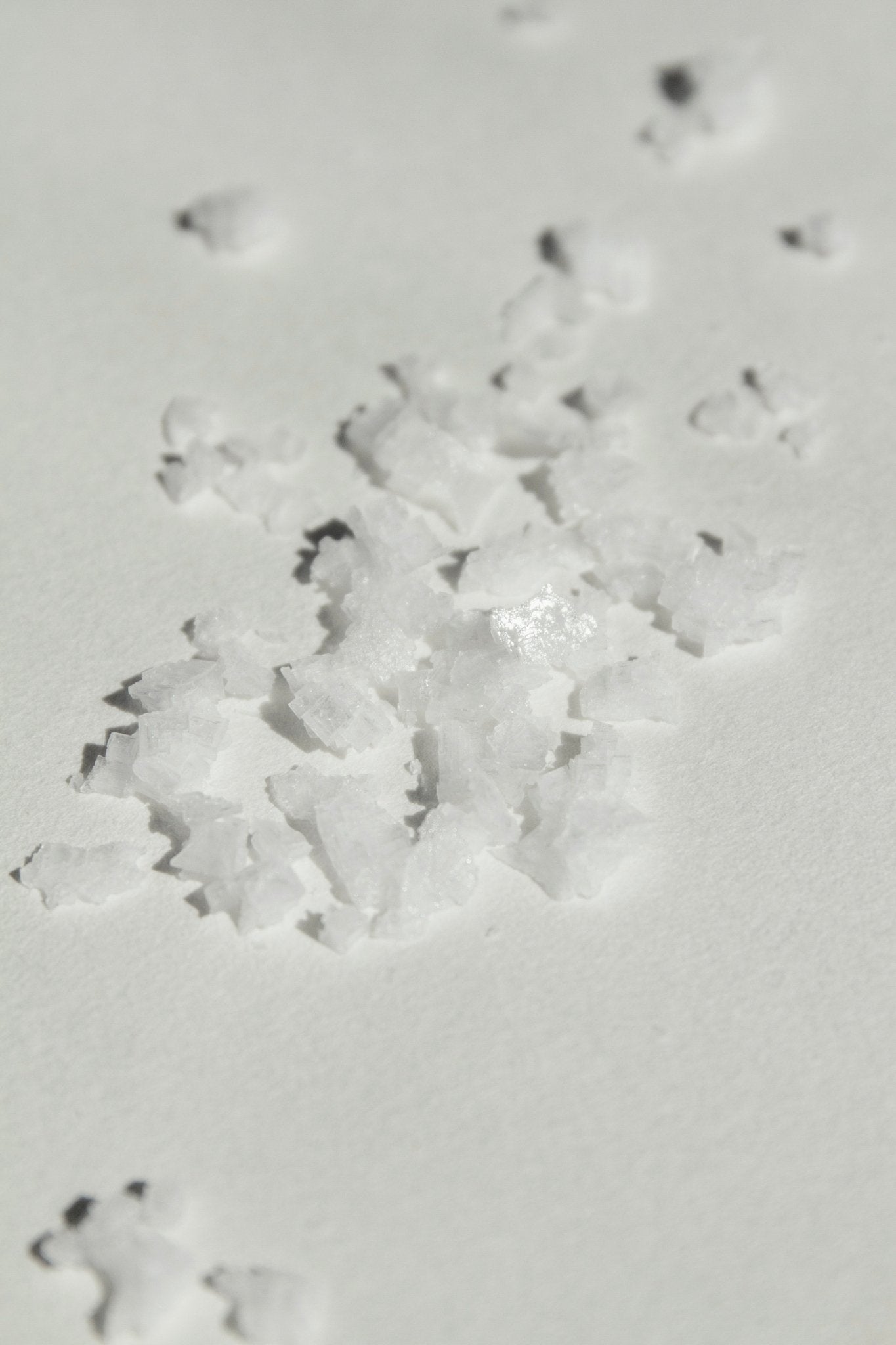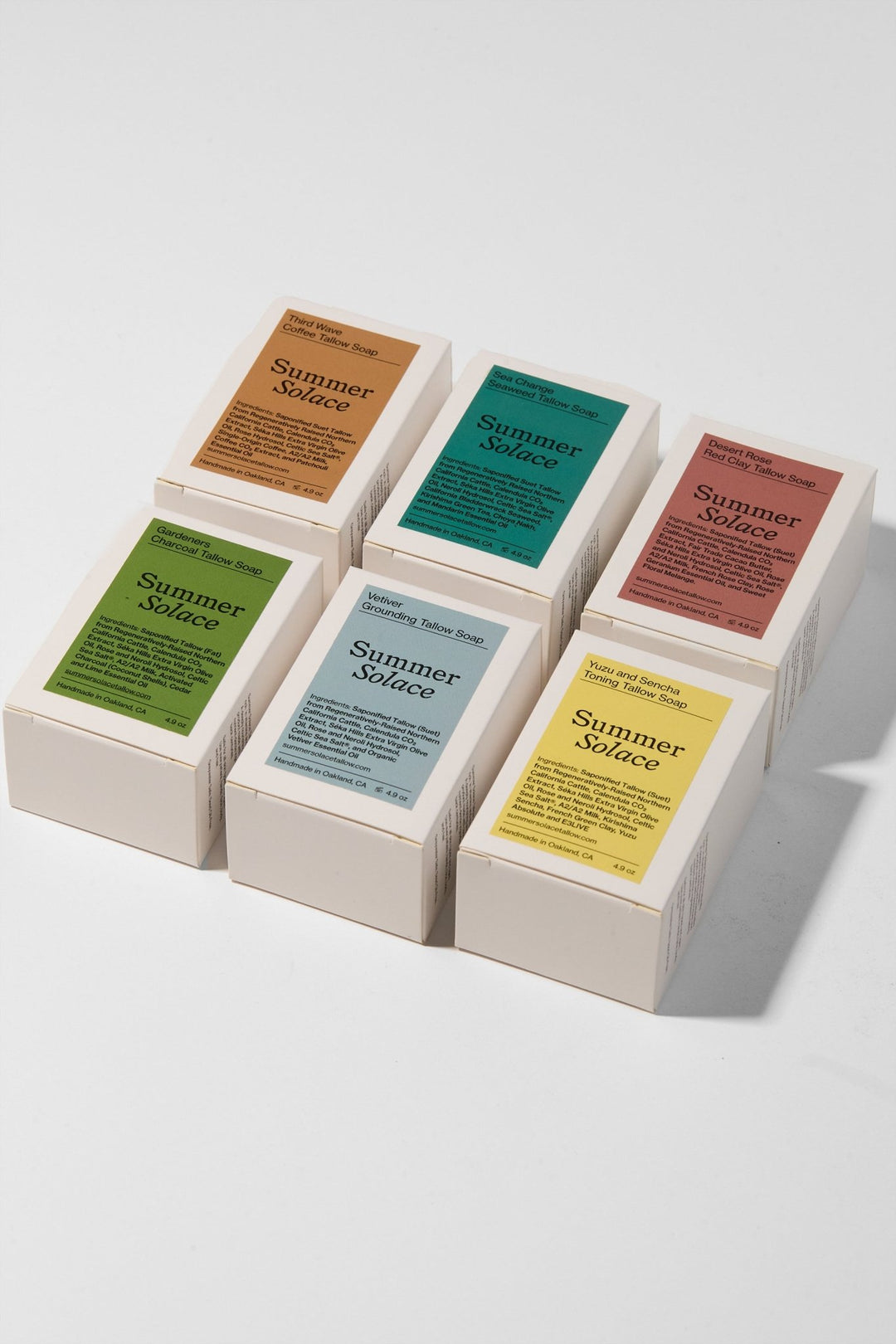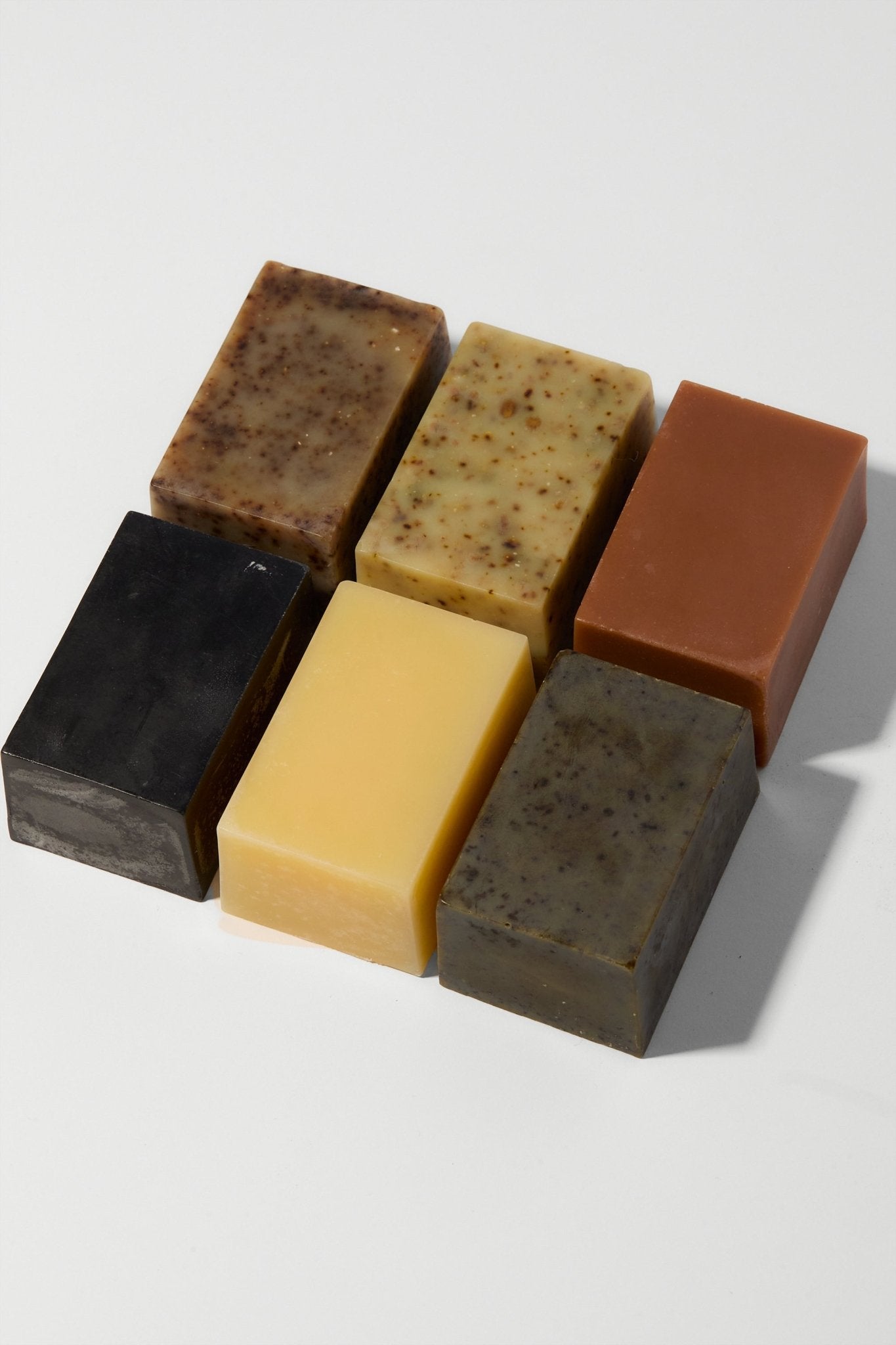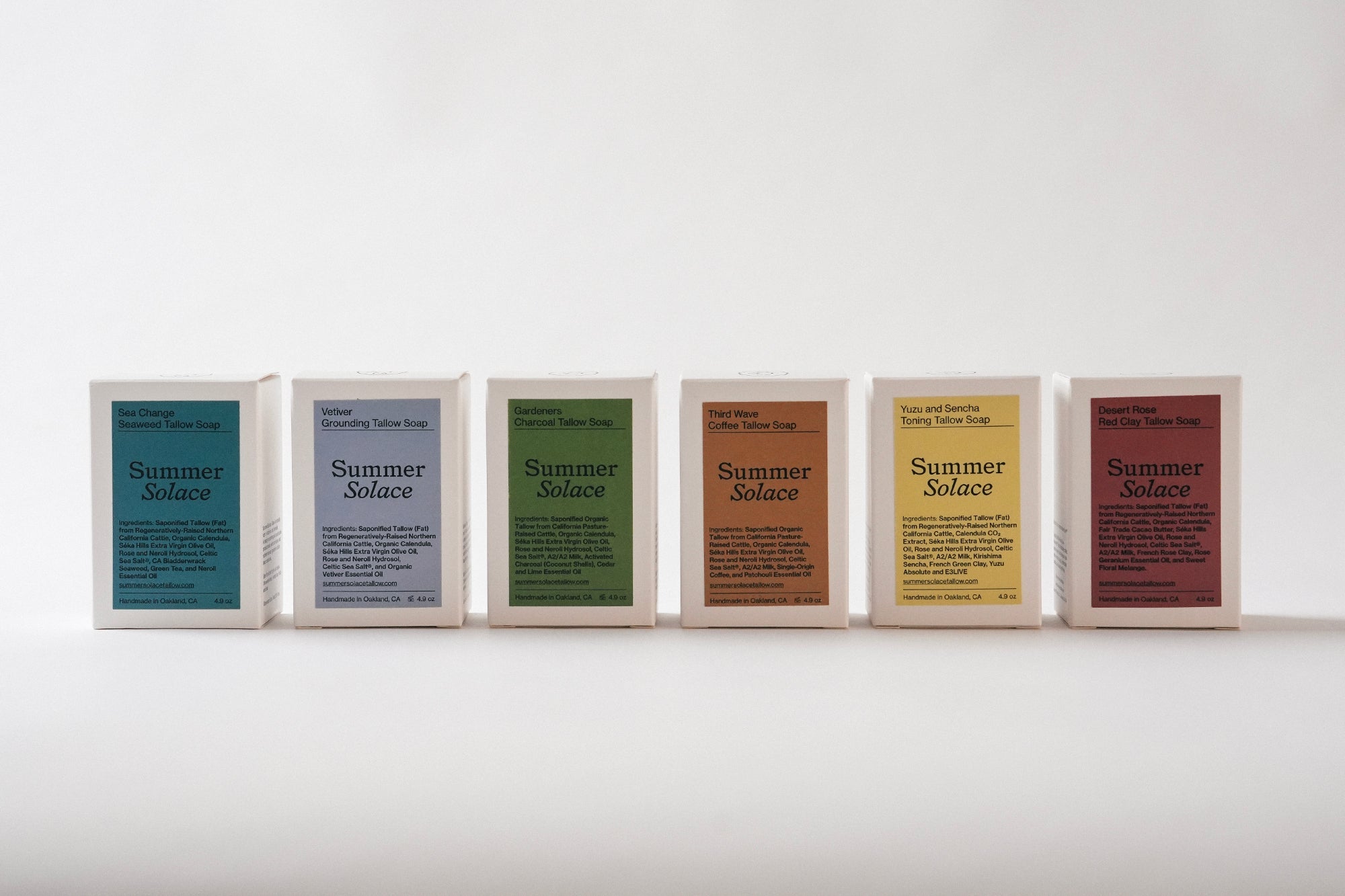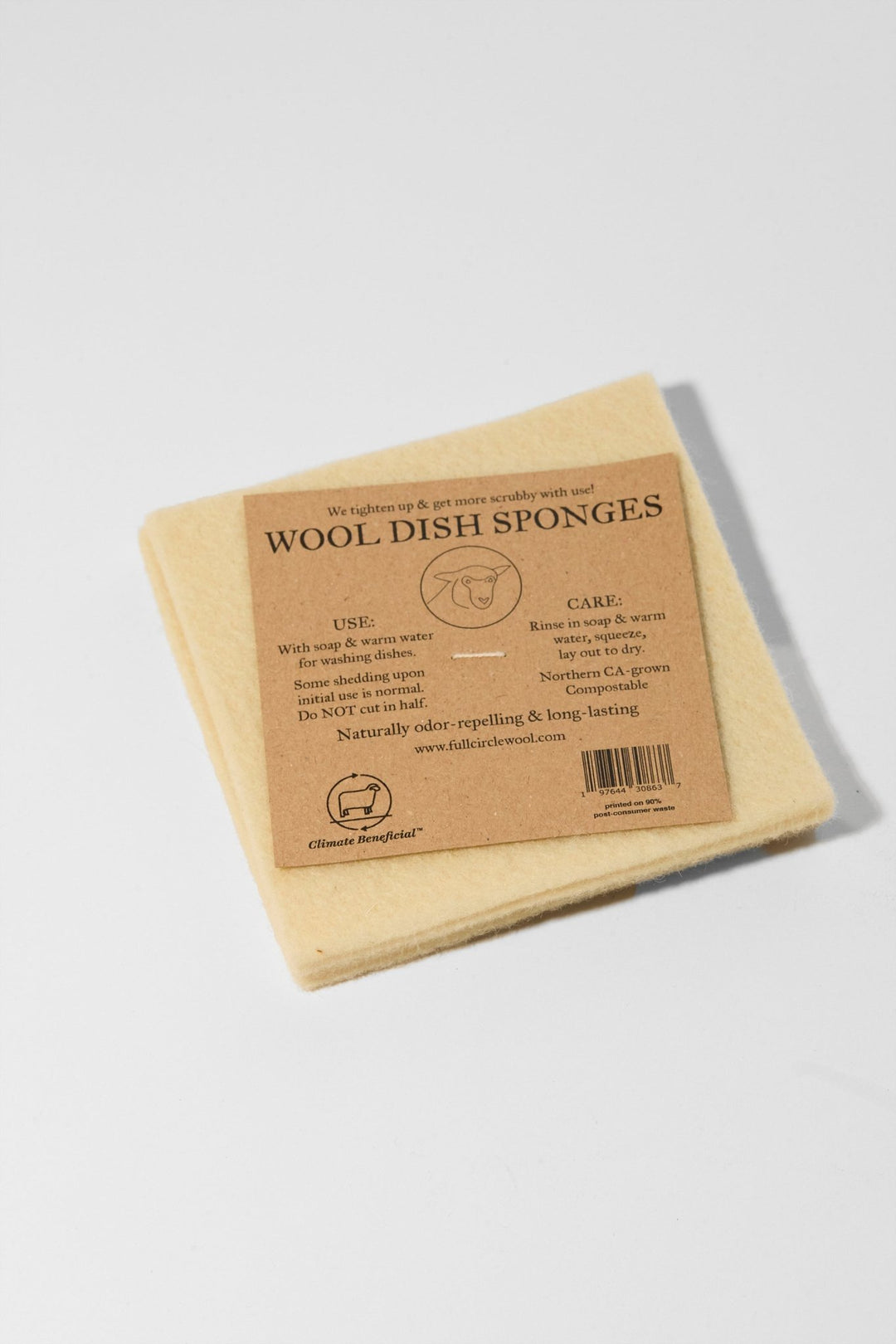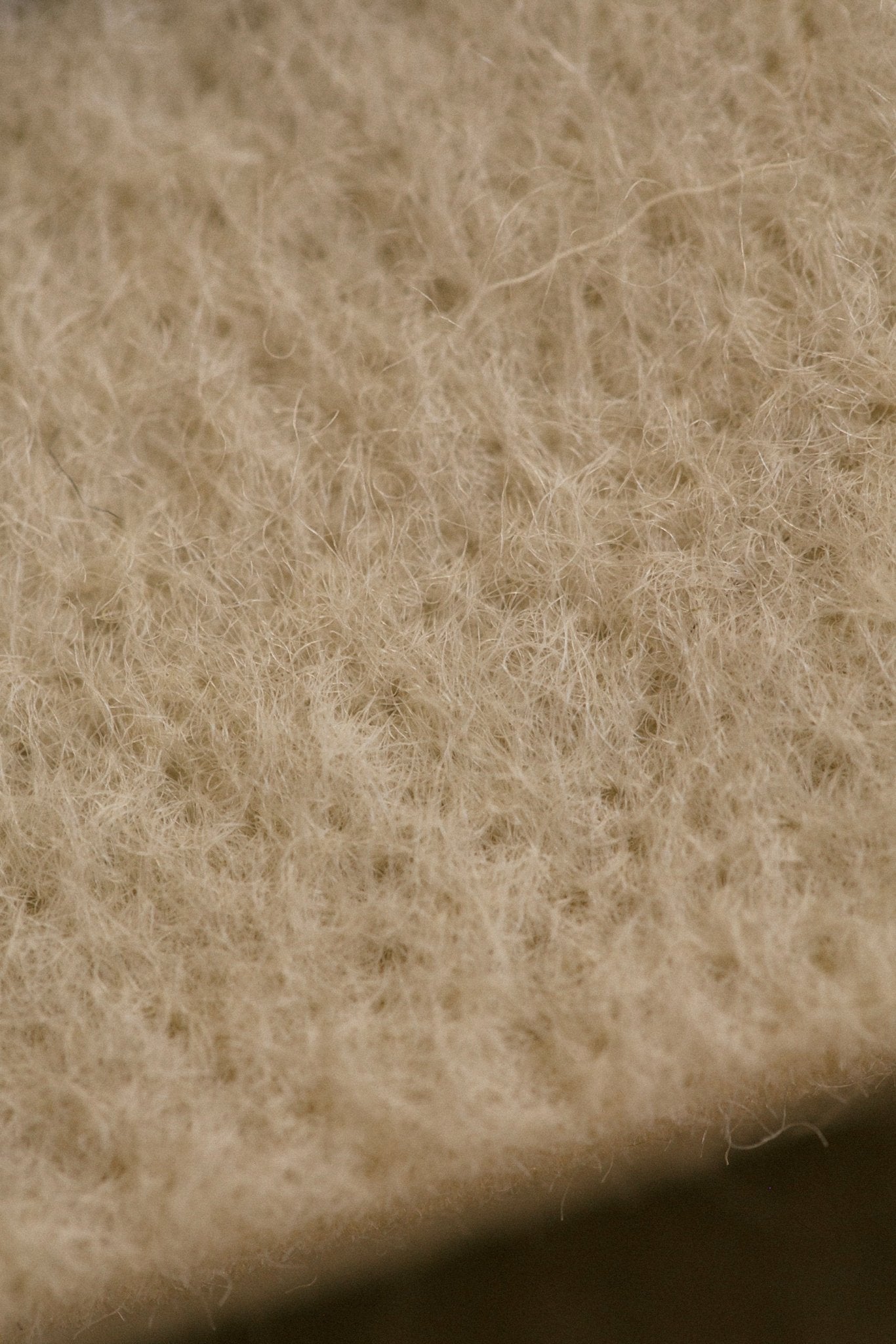
Why Choose Tallow Over Other Moisturizers?
With so many skincare options available, it can be hard to know what’s best for your skin. While plant-based oils like coconut, sunflower, and shea butter have their benefits, none compare to the skin compatibility and nourishment of grass-fed, pasture-raised organic tallow.
Tallow is not a passing trend. It is a time-honored, deeply effective moisturizer that supports the skin’s natural barrier with simple and bioavailable nutrients. It delivers real, lasting results.
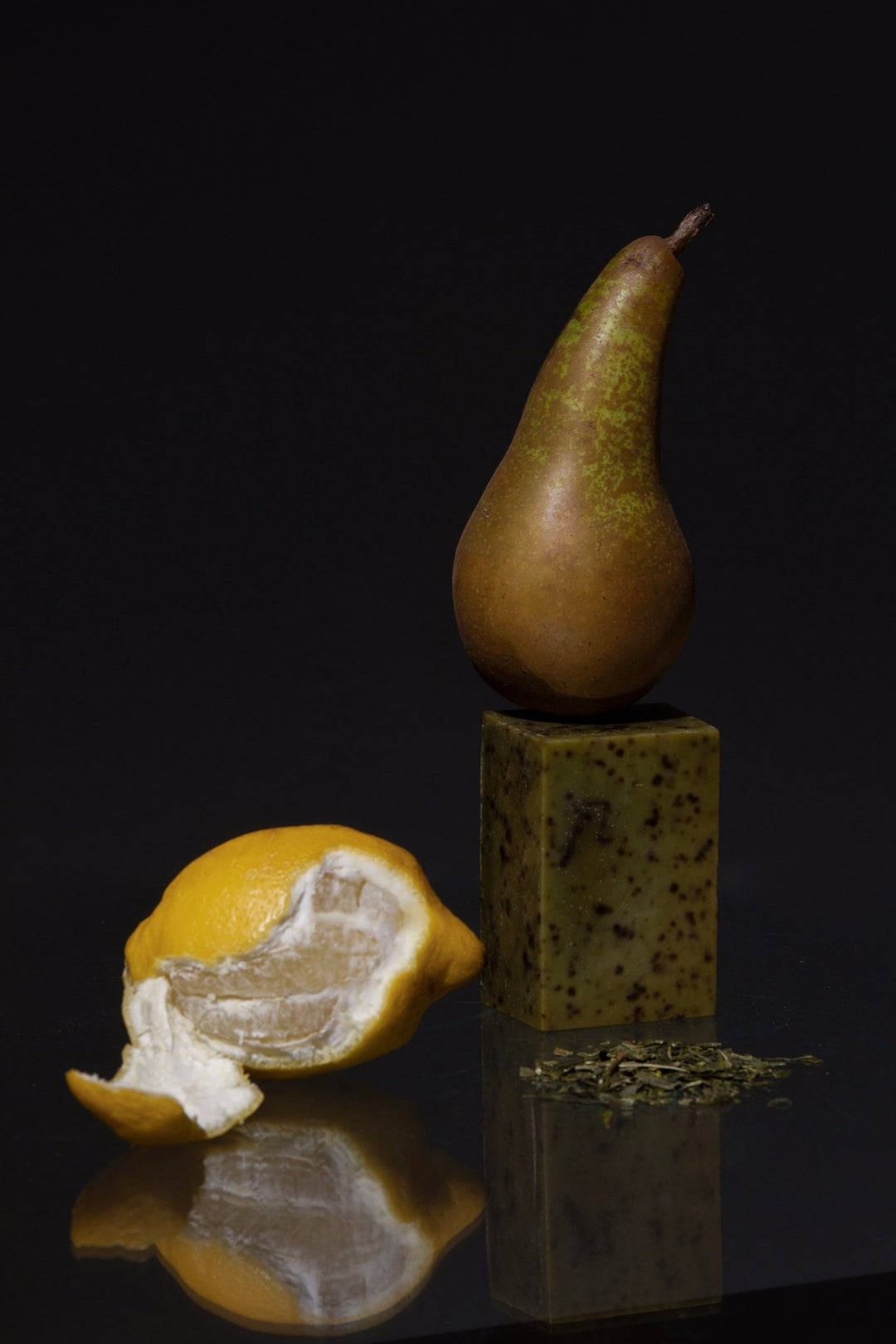
Skincare as Nourishing as Food
At Summer Solace Tallow, we believe skincare should be as intentional and nourishing as the food we eat. Tallow is nature’s original skincare, used for centuries to protect, heal, and restore. We use only the highest quality suet: organic, grass-fed, pasture-raised, and hand-rendered from regeneratively raised cattle.
Tallow is a whole, bioavailable fat that your skin naturally recognizes. Rich in vitamins A, D, E, K, B12, and CLA, it supports collagen production, strengthens the skin barrier, and deeply nourishes at the cellular level. Unlike water-based creams or plant oils that sit on the surface, tallow absorbs quickly and delivers lasting hydration.
It also acts as a natural shield, helping the skin retain moisture and defend against dryness, irritation, and environmental stress. Its anti-inflammatory, antibacterial, and antioxidant properties make it especially beneficial for sensitive skin, eczema, and rosacea.
We source our tallow exclusively from regenerative ranches such as Stemple Creek in Tomales Bay, California. Every balm is handcrafted in-house in small batches, using traditional methods and guided by the rhythm of the seasons.
This is skincare with purpose and place.
From pasture to palm, tallow is skin food for a regenerative future®.
Why Sourcing Matters
Tallow is an animal product, and like all animal products, its quality and impact depend entirely on how it is sourced. At Summer Solace, we use only suet from regeneratively raised, grass-fed cattle that graze on open pasture. This type of grazing supports soil health, draws down carbon, and helps restore ecological balance.
Unlike conventional skincare brands that may use tallow from grain-fed, factory-farmed cattle, we partner with local ranches such as Stemple Creek in Northern California. These animals are raised with care and intention, and our local sourcing reduces transportation emissions, lowering the carbon footprint of every product we make.
Tallow from grass-fed cattle is naturally richer in essential nutrients like vitamins A, D, E, K, B12, and fatty acids that deeply nourish, restore, and protect the skin. The healthier the animal and its diet, the more therapeutic the fat becomes.
When it comes to sustainability and skin health, the choice is clear:
Choose tallow that honors the animal, the land, and your body.
What Is Regenerative Farming?
Regenerative farming is a holistic approach to agriculture that restores soil health, supports biodiversity, and promotes long-term ecological balance. Instead of depleting the land, it works in partnership with nature to strengthen it over time.
Practices like rotational grazing, composting, cover cropping, and minimal tilling help build healthy soil that captures carbon, holds water, and sustains diverse ecosystems.
At Summer Solace, we source our tallow exclusively from ranches that follow these regenerative methods. This ensures the animals are raised with care, the land is respected, and your skincare contributes to a healthier planet.
The key principles of regenerative farming include:
This involves practices such as minimizing or eliminating tilling, using cover crops, crop rotation, and composting. These practices help to improve soil structure, increase organic matter content, enhance water retention capacity, and foster beneficial microbial activity.
This can be achieved through methods like planting diverse crops, integrating livestock, creating wildlife habitats, and preserving natural areas. Increased biodiversity can lead to a more balanced ecosystem, which can help control pests and diseases naturally.
Techniques like conservation tillage, mulching, and precision irrigation help to conserve water resources and prevent soil erosion and nutrient runoff into water bodies.
Actively working towards sequestering carbon dioxide from the atmosphere and storing it in the soil. This is achieved through techniques like agroforestry, cover cropping, rotational grazing, and composting, which increase the organic matter content of the soil.
By reducing reliance on external inputs such as synthetic fertilizers, pesticides, and antibiotics, and instead, emphasizing natural systems and processes that promote self-sufficiency, such as using natural fertilizers, adopting biological pest control methods, and practicing crop diversification.


